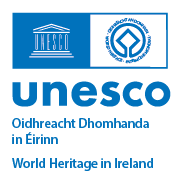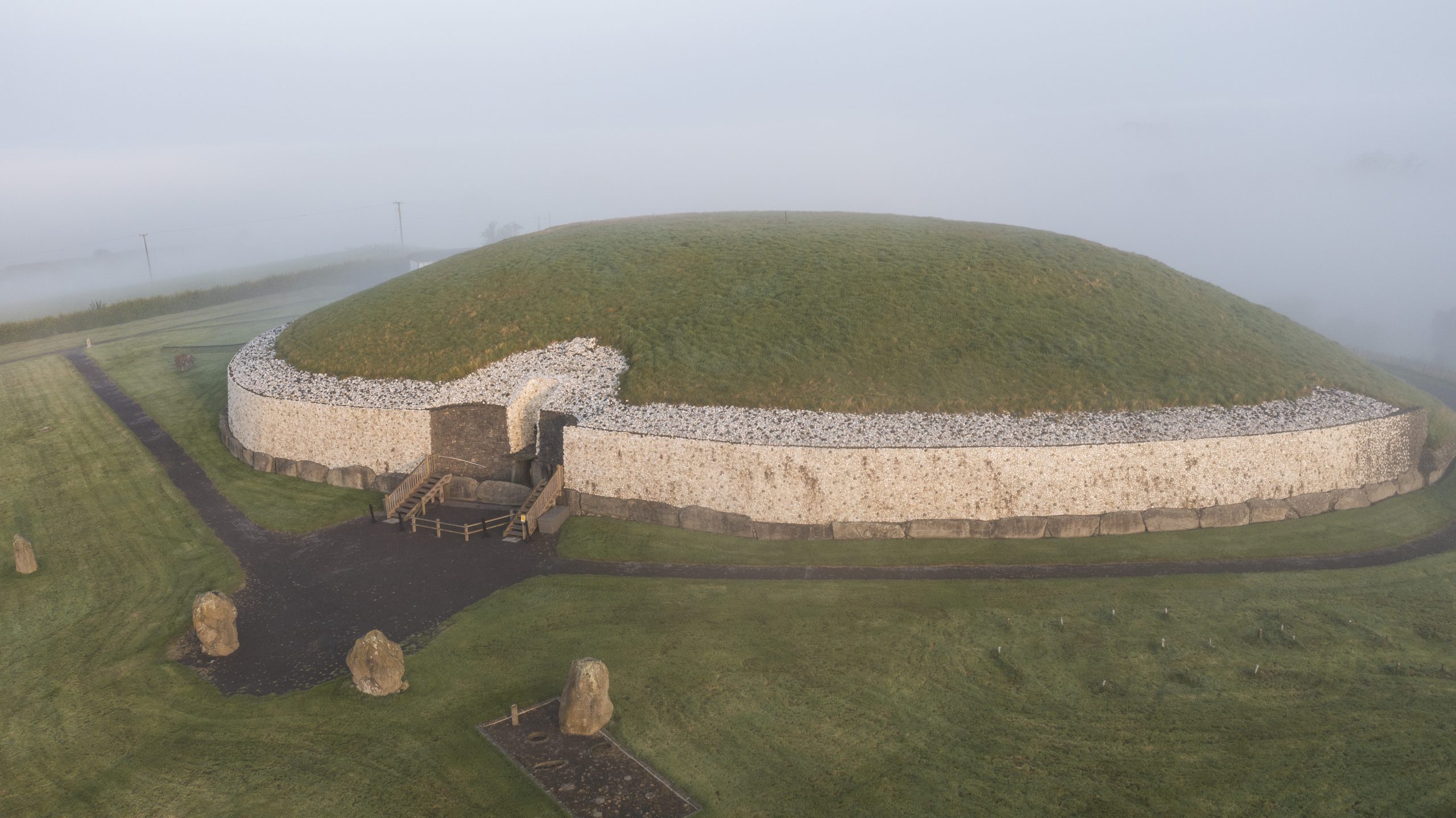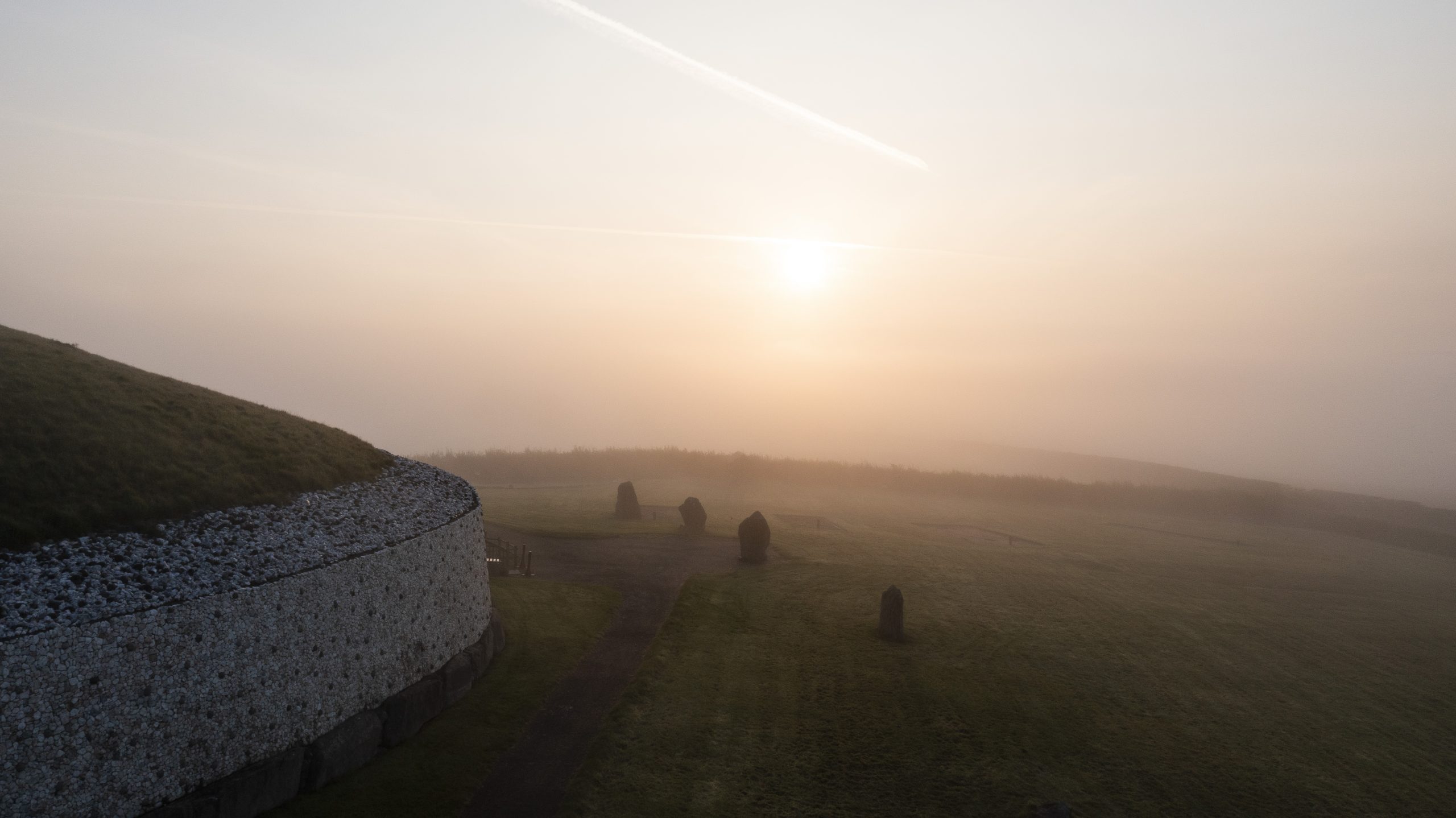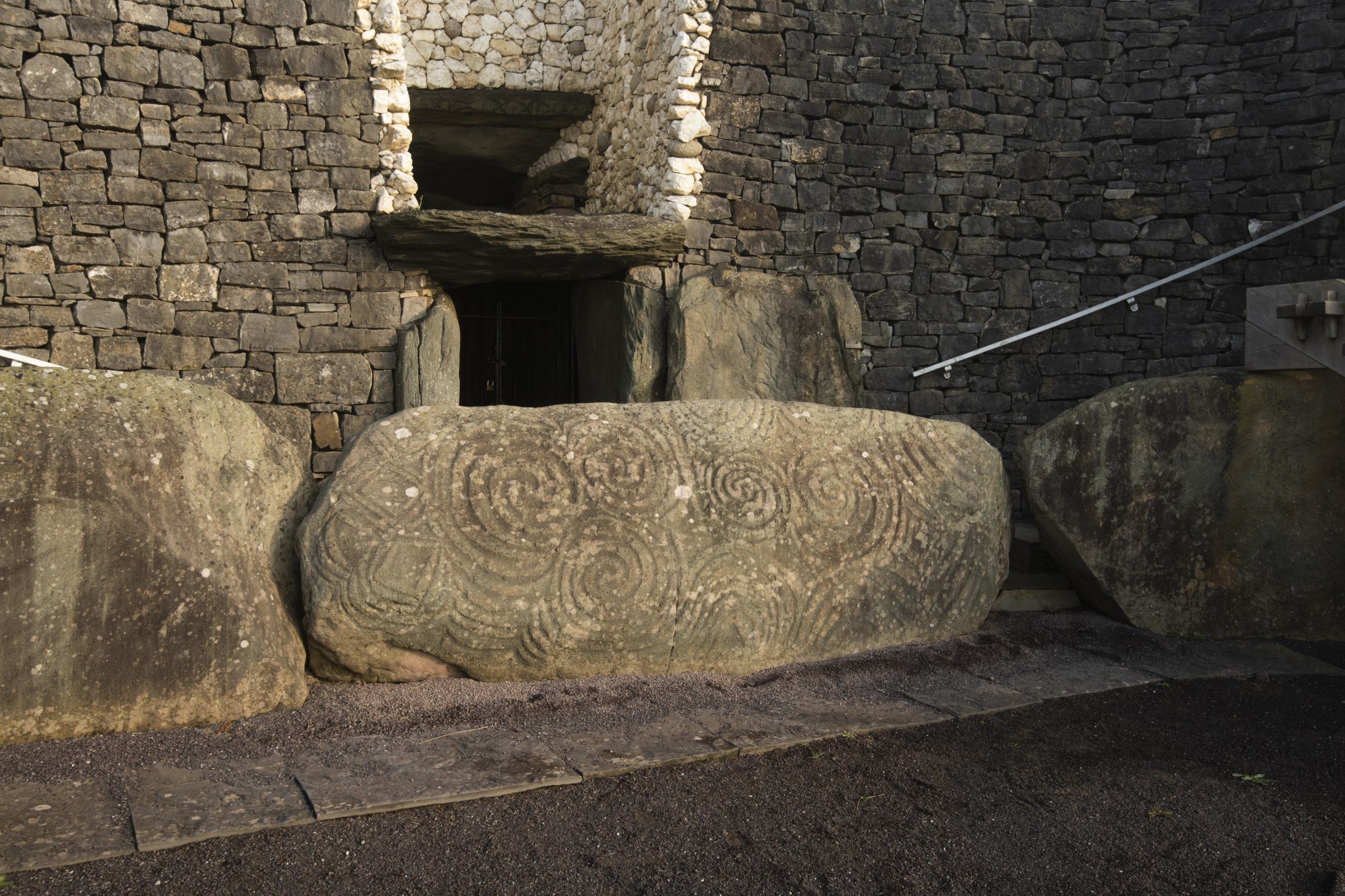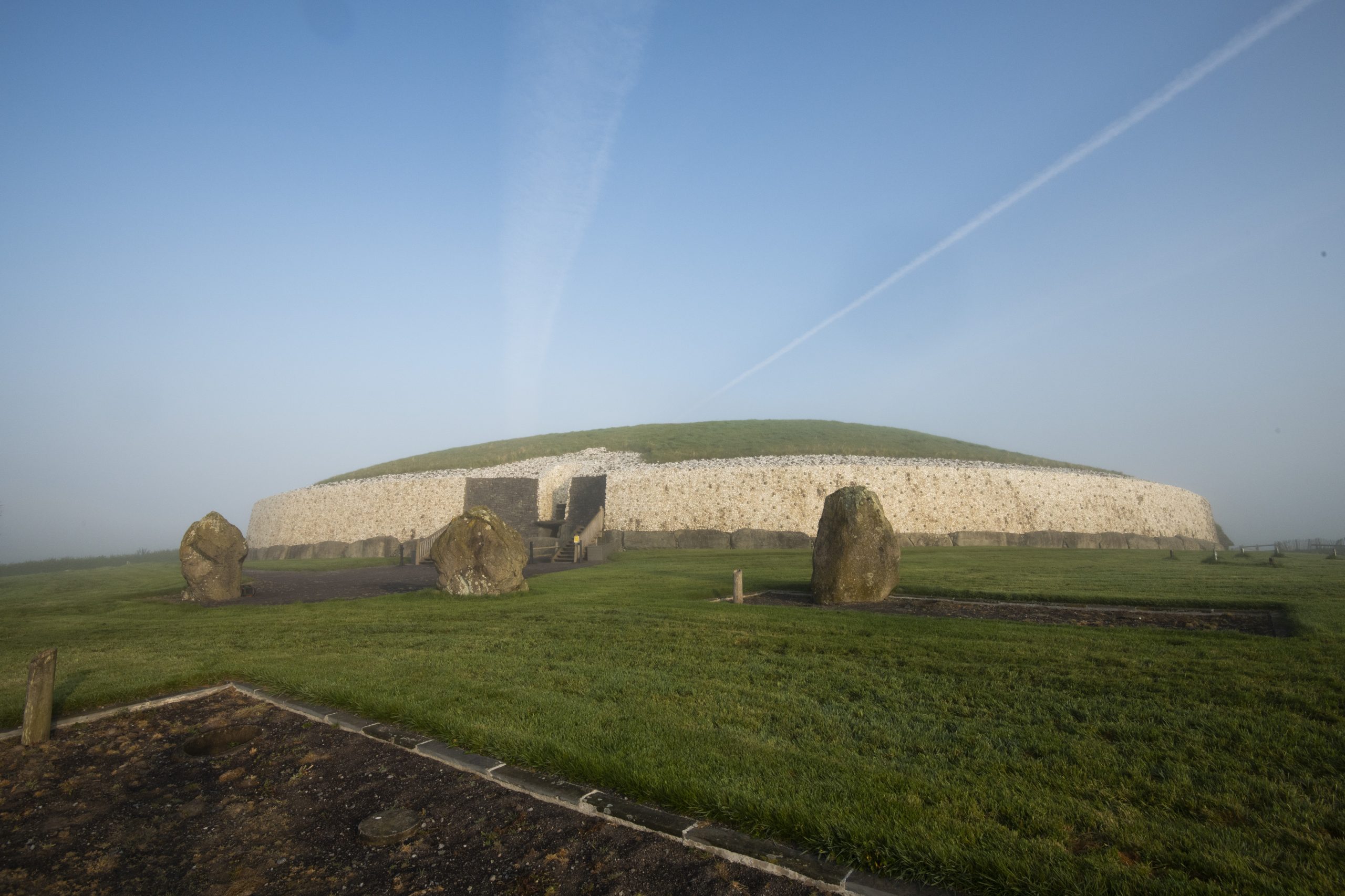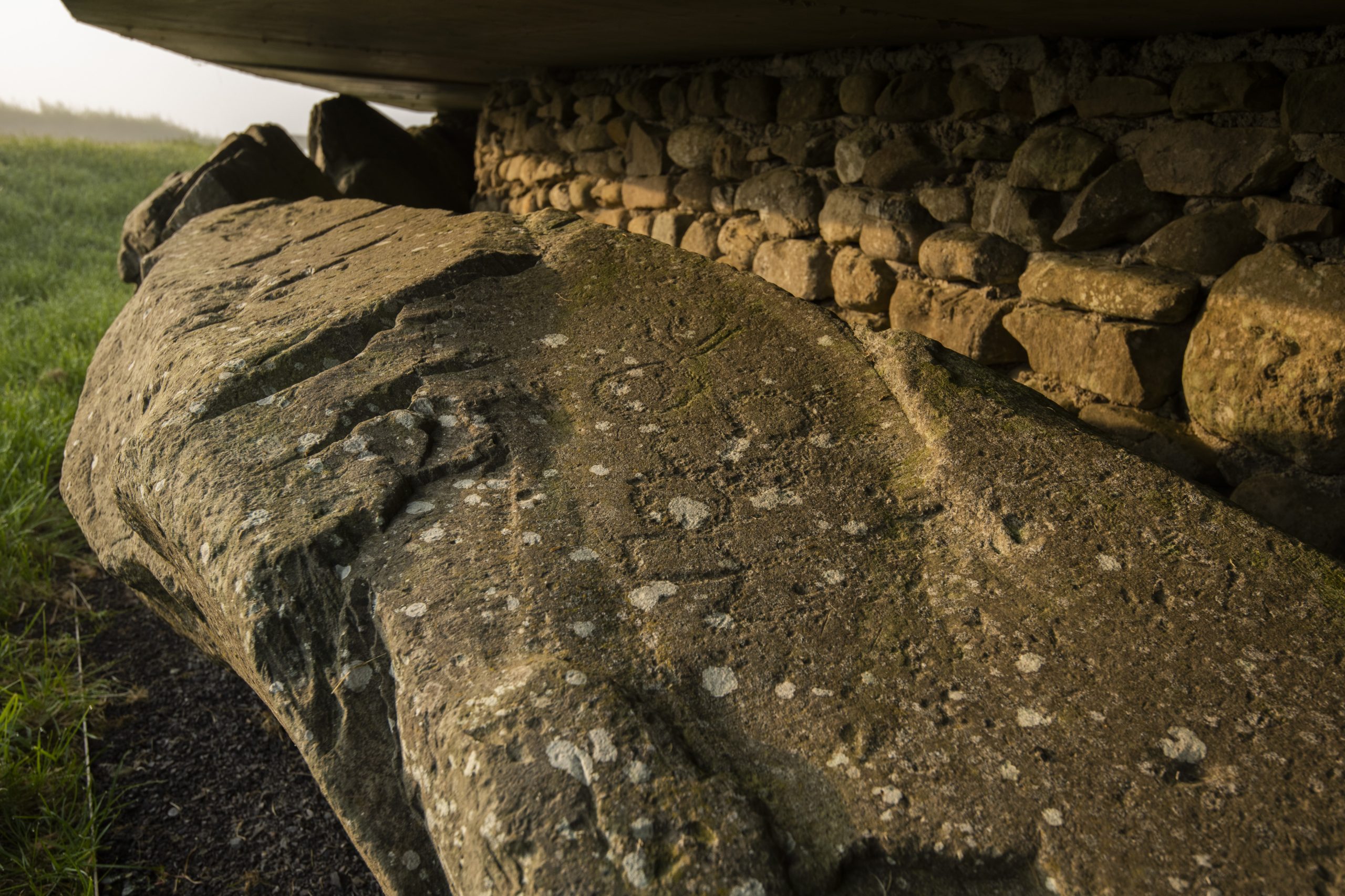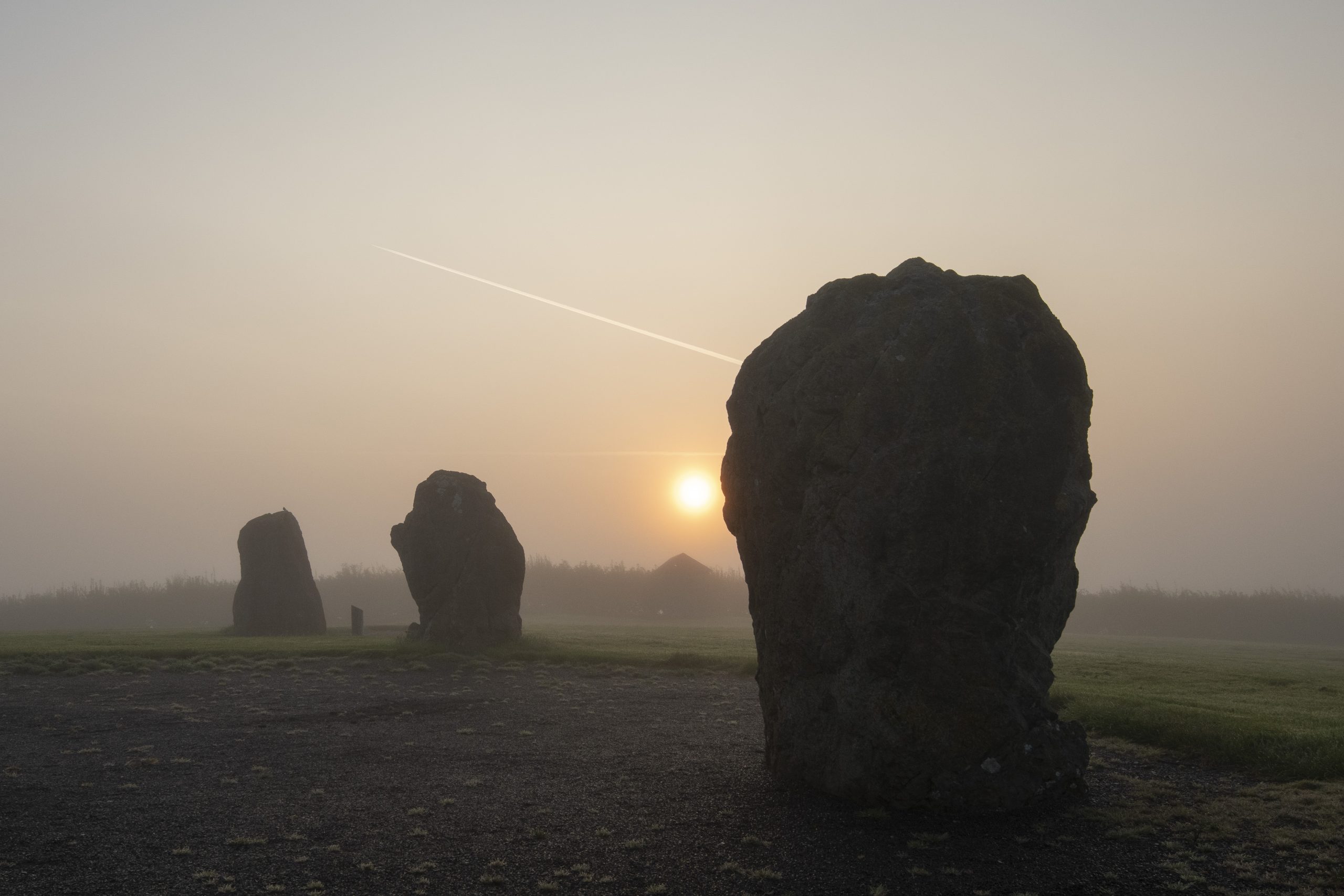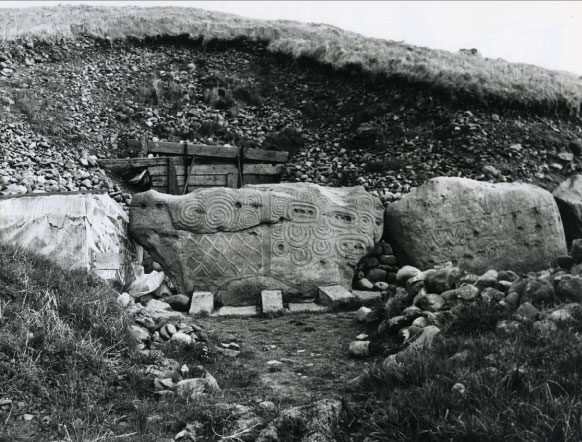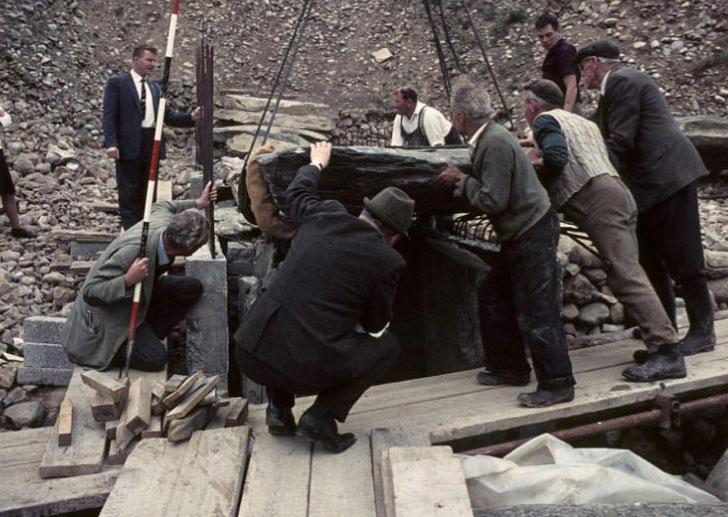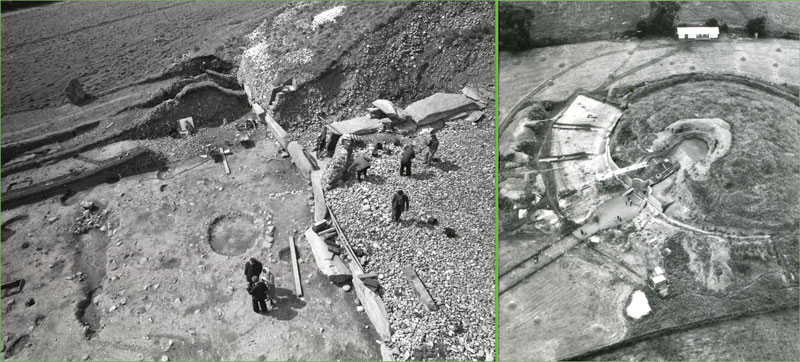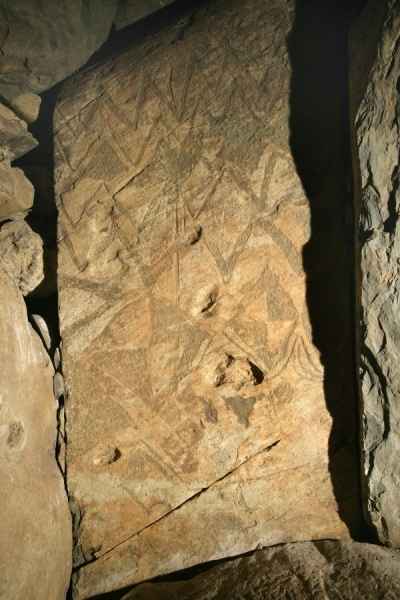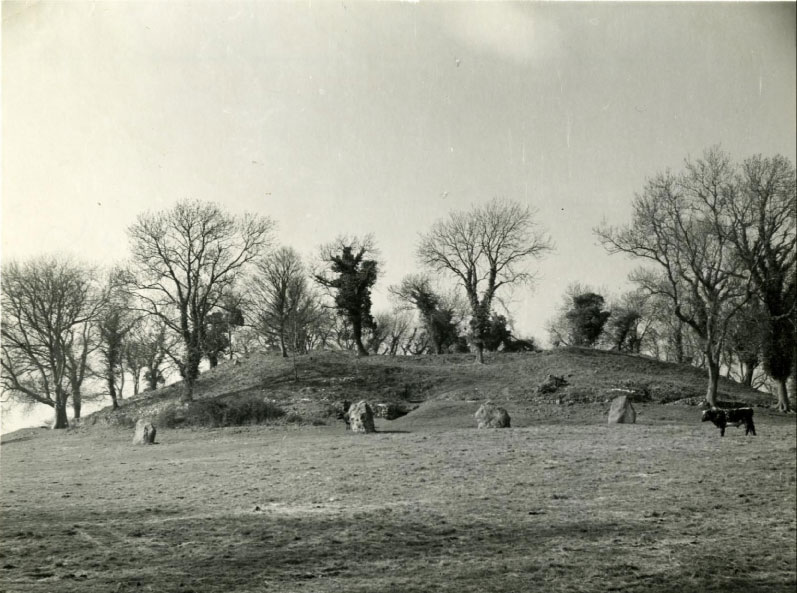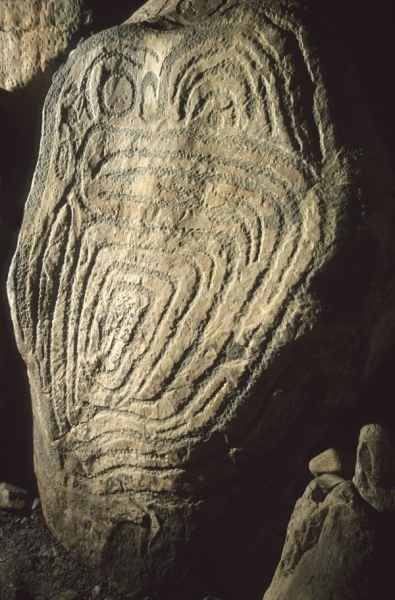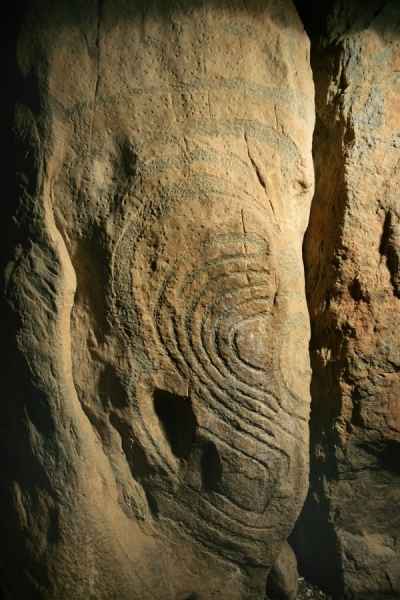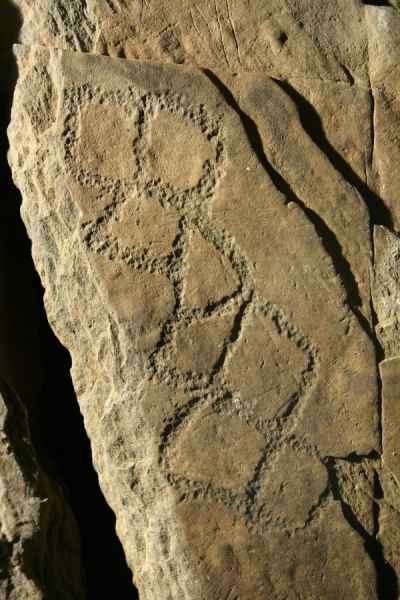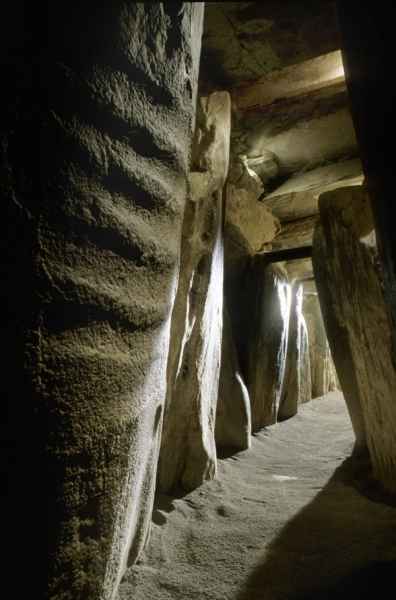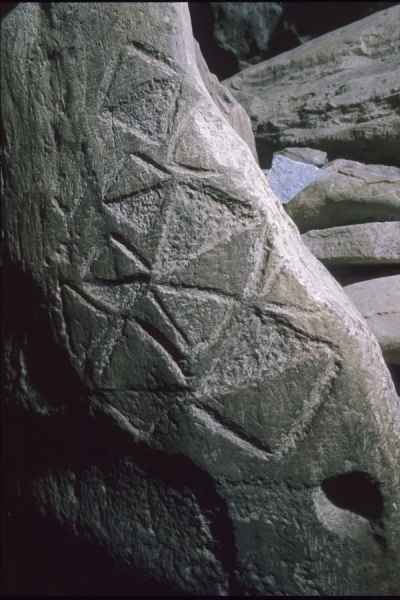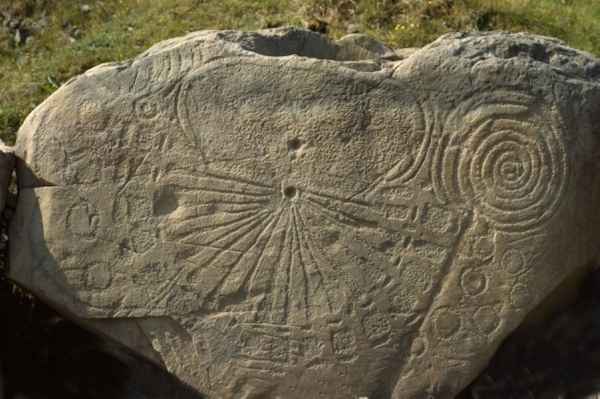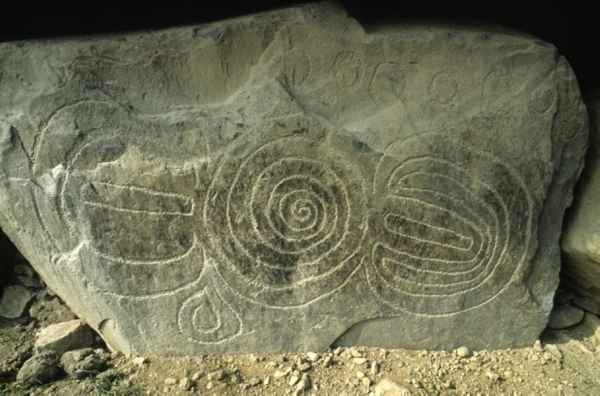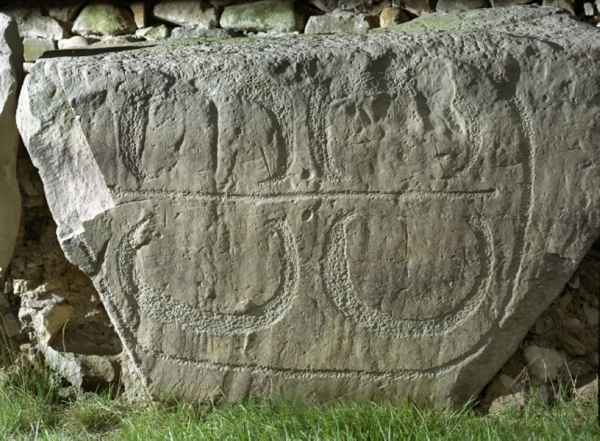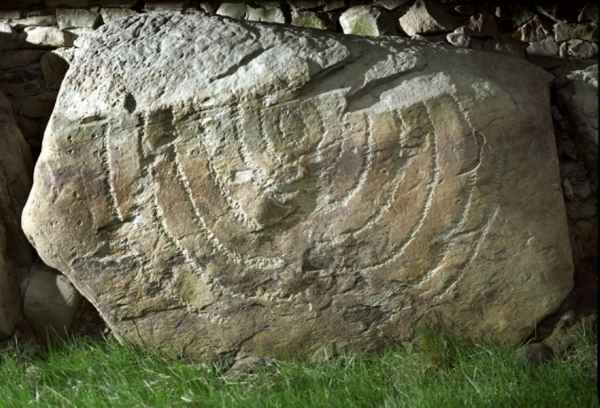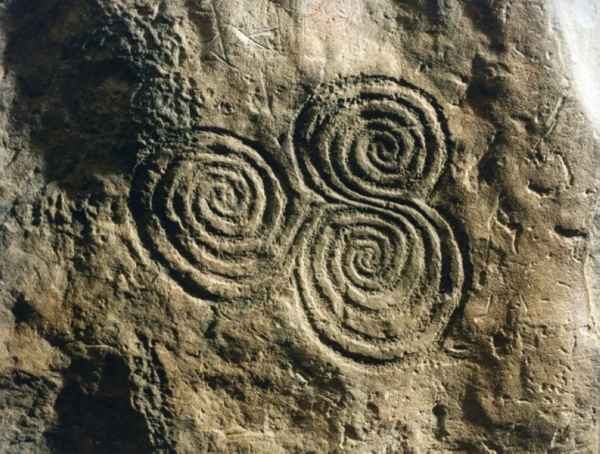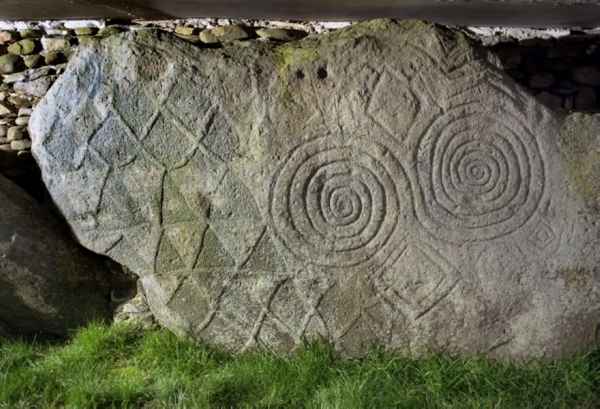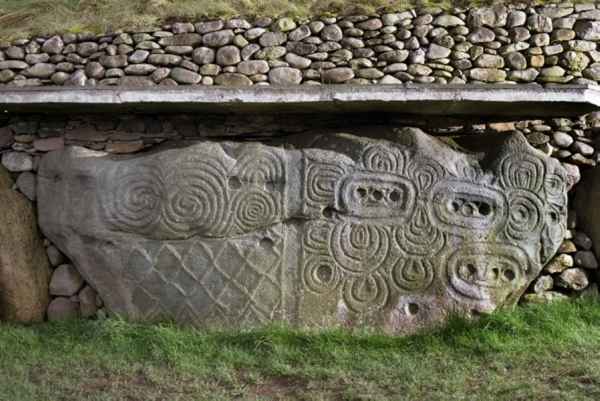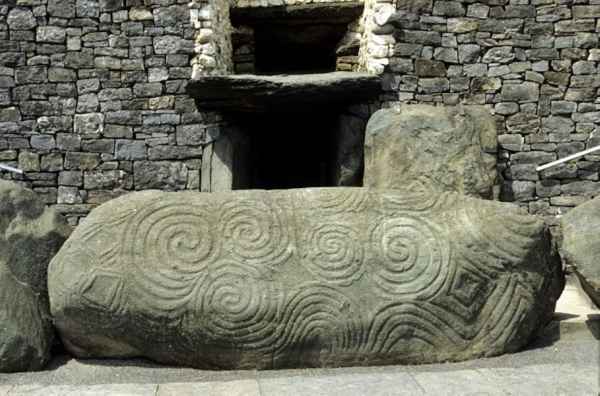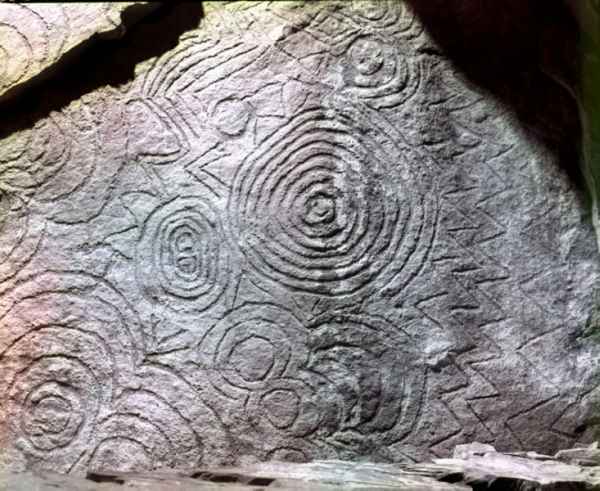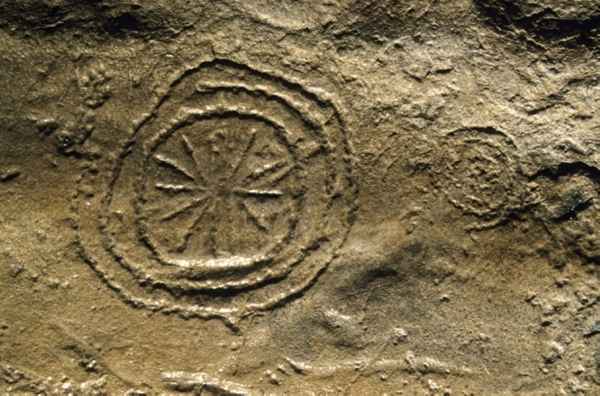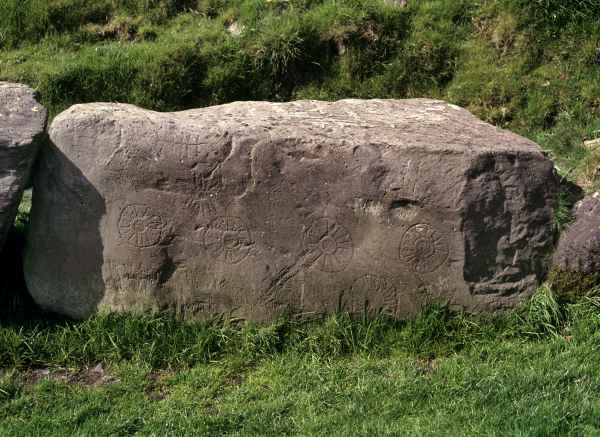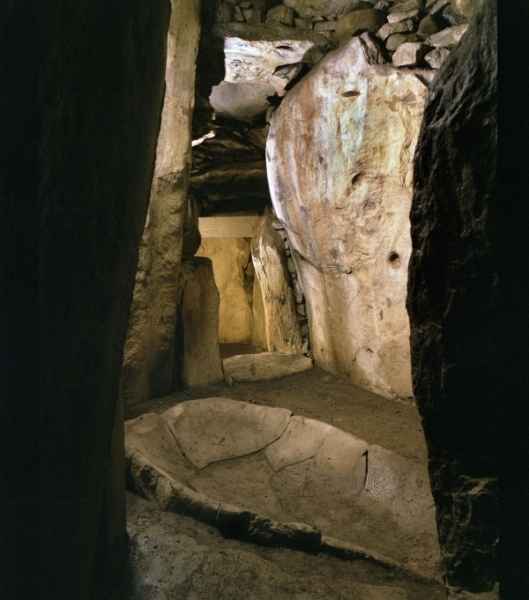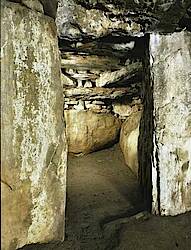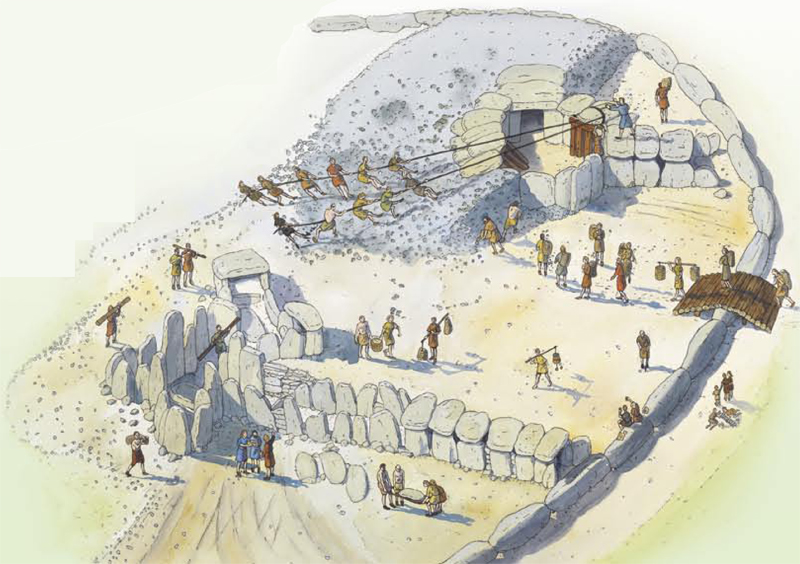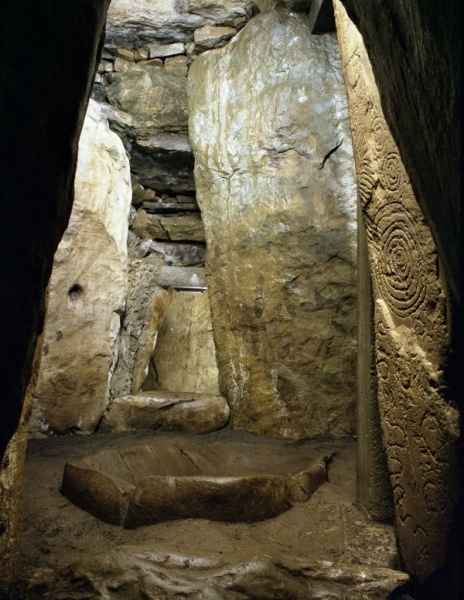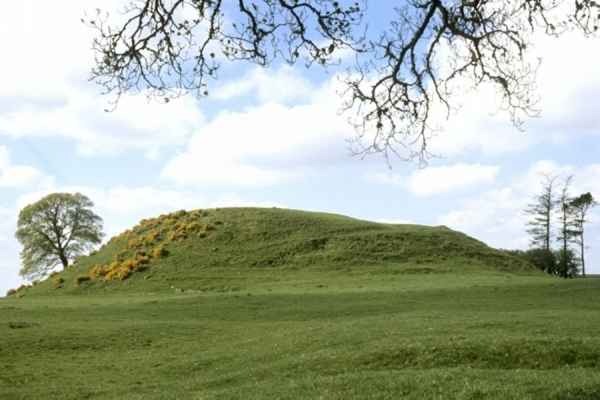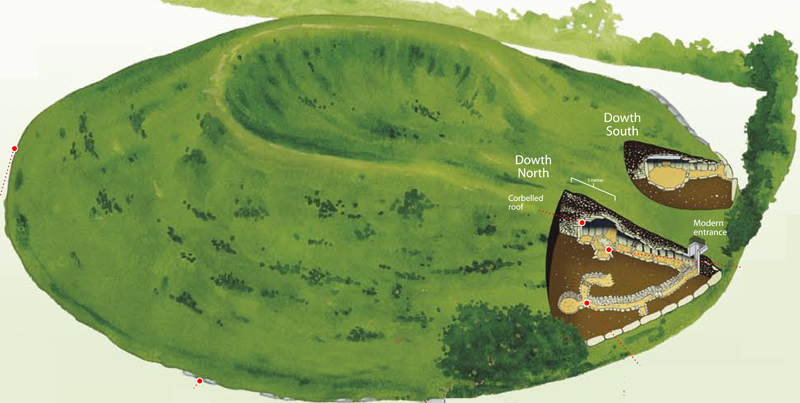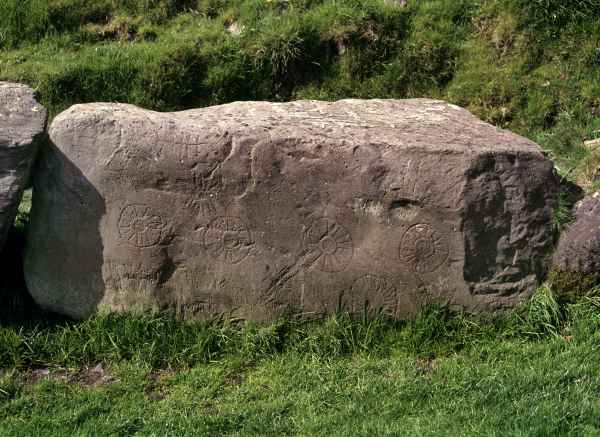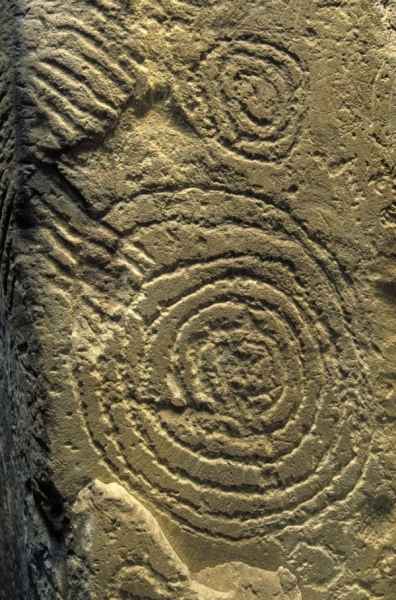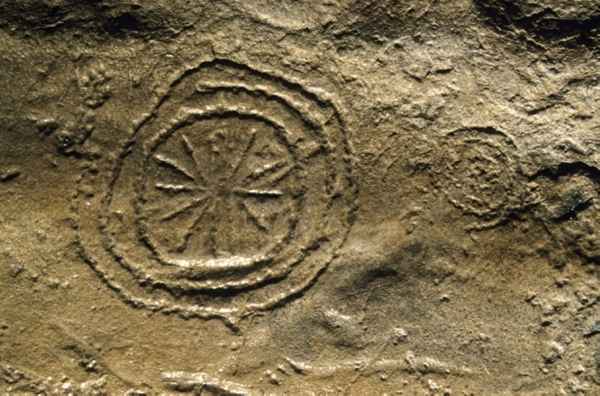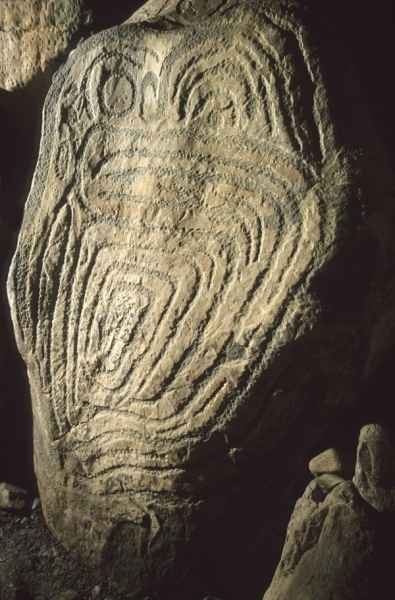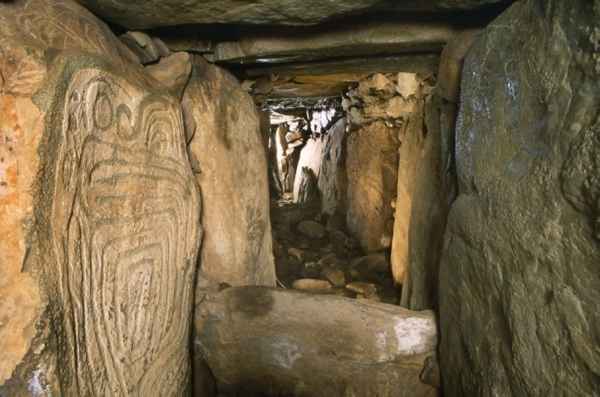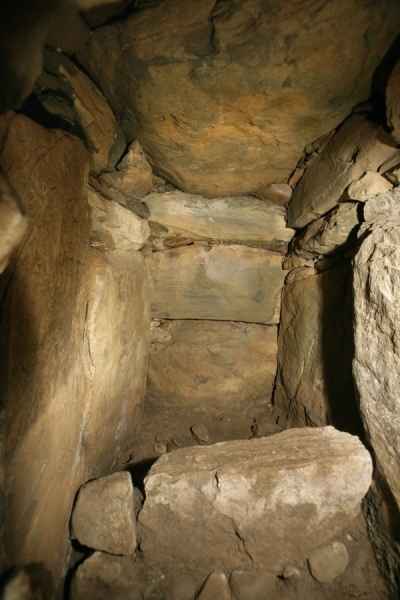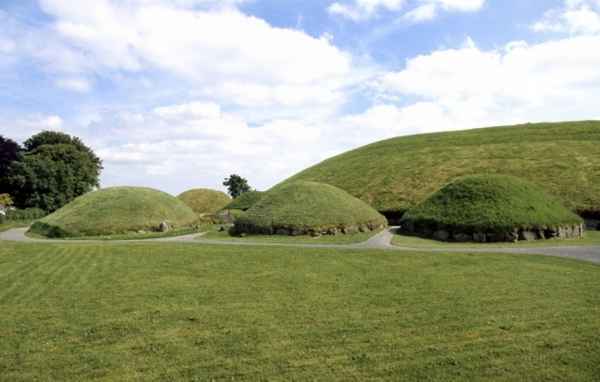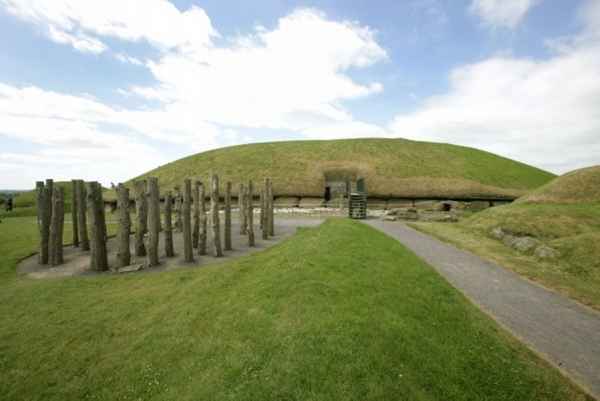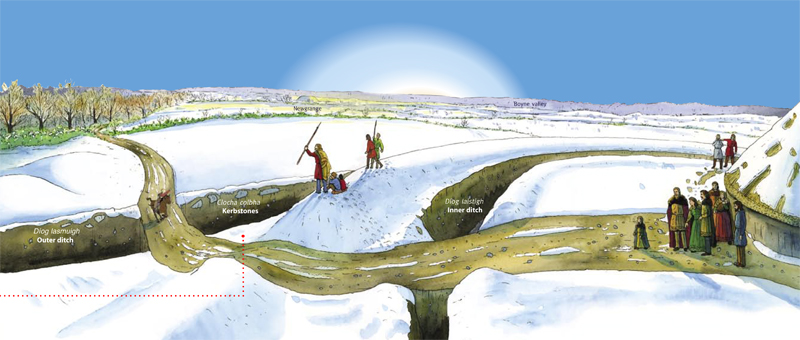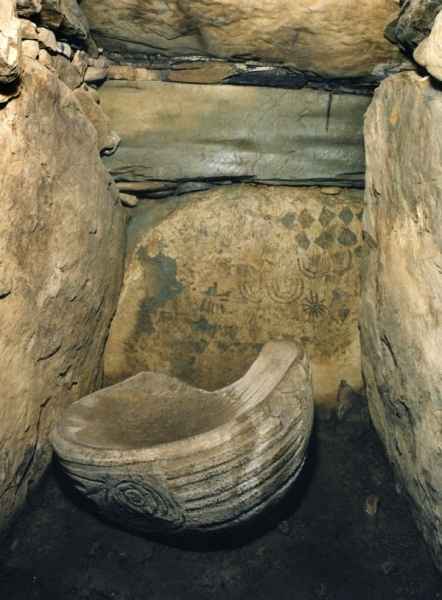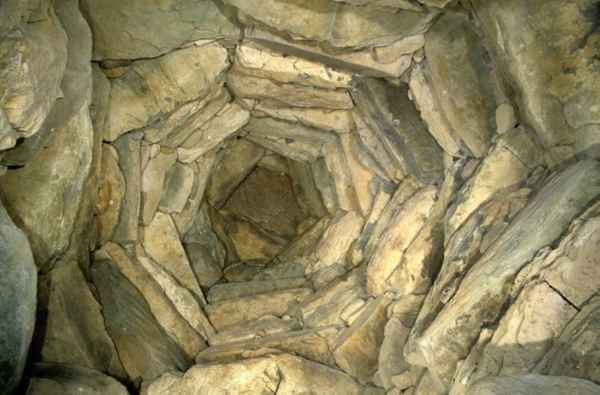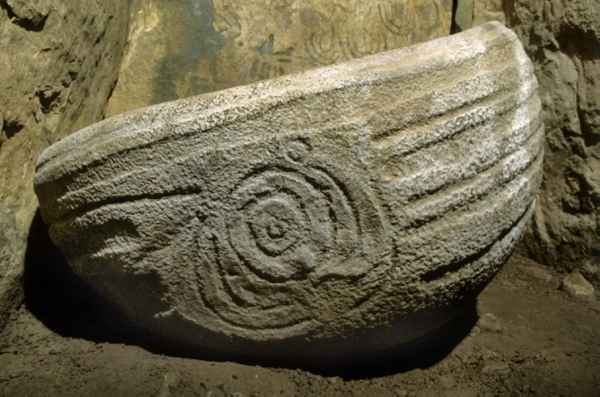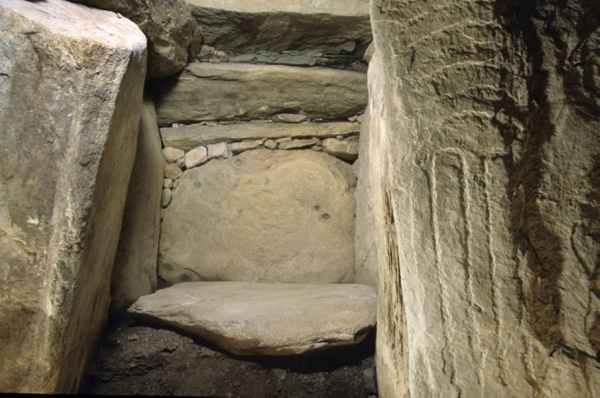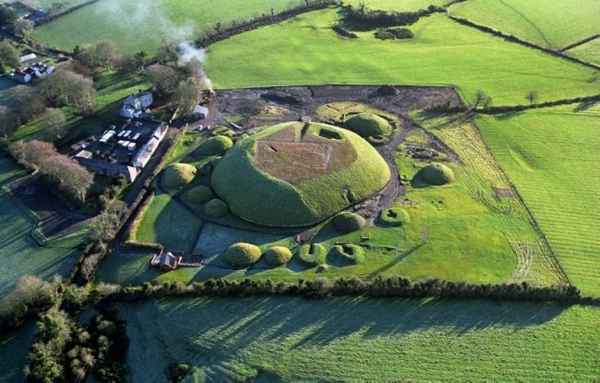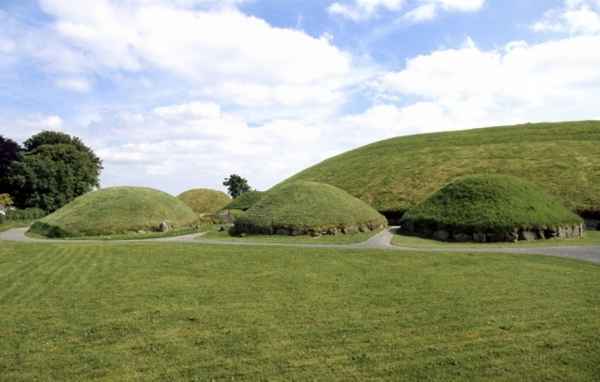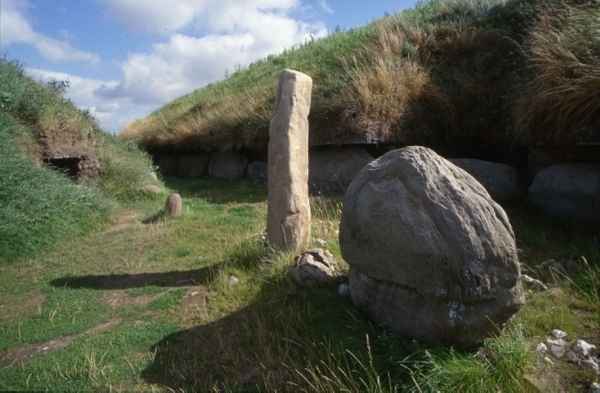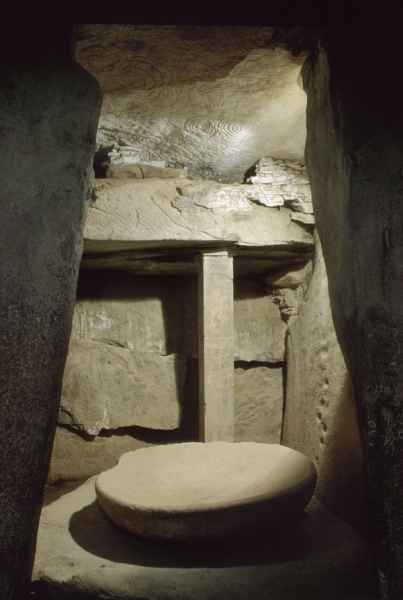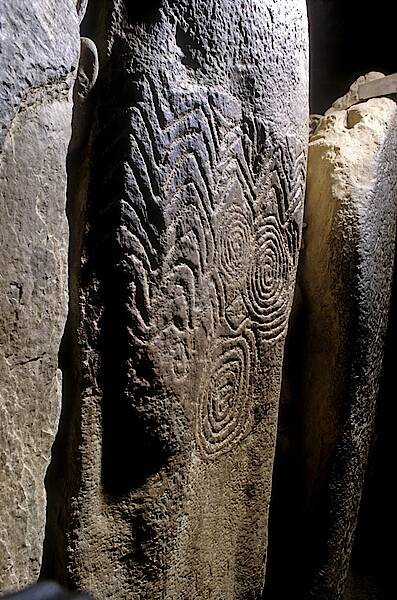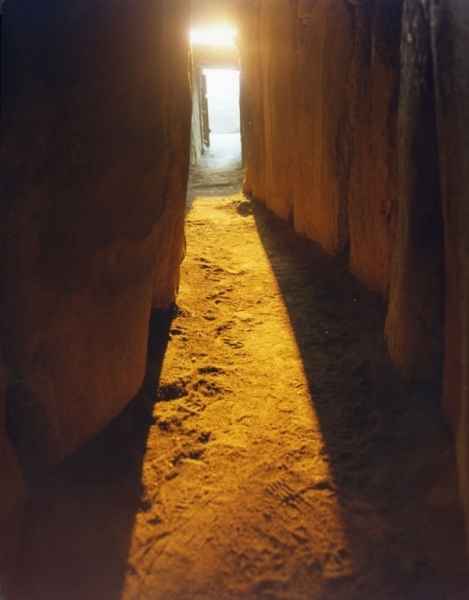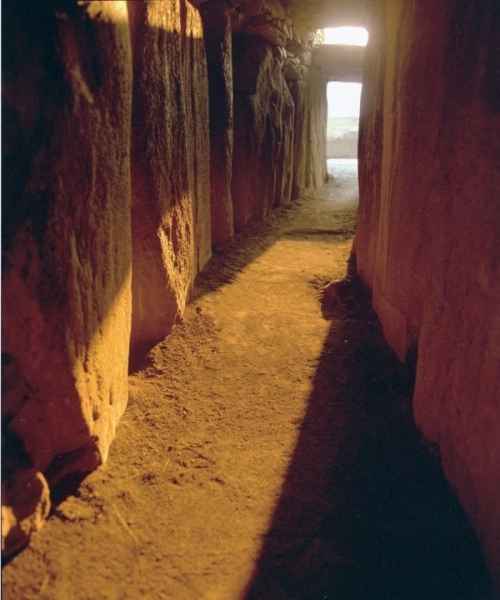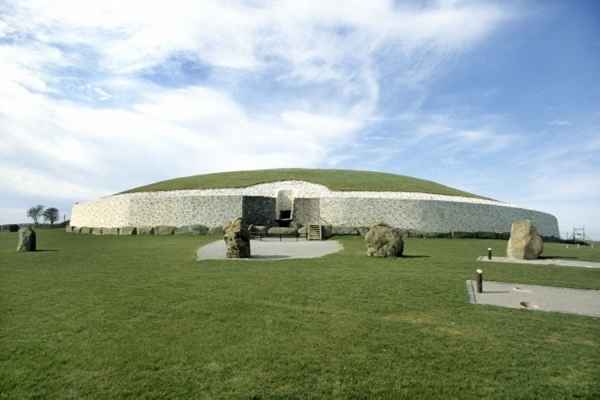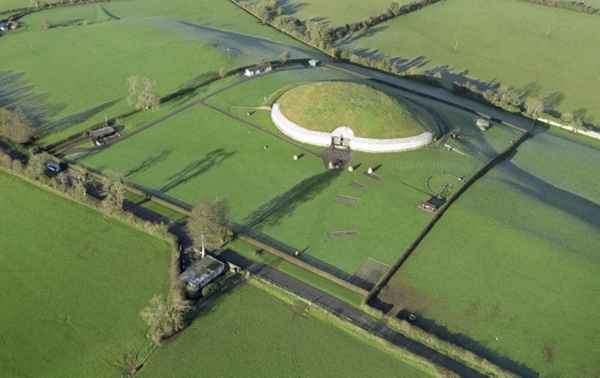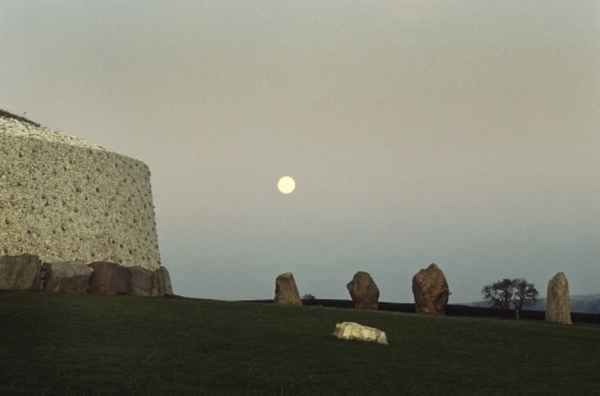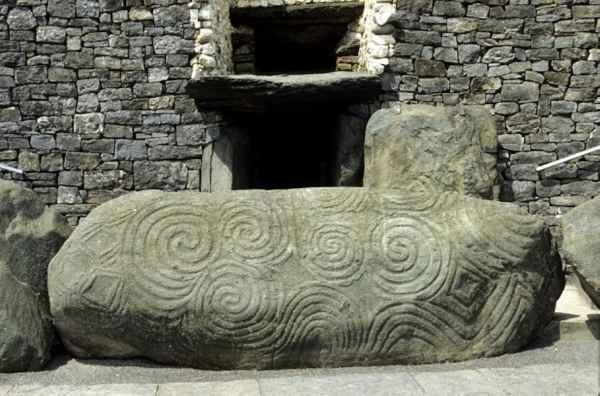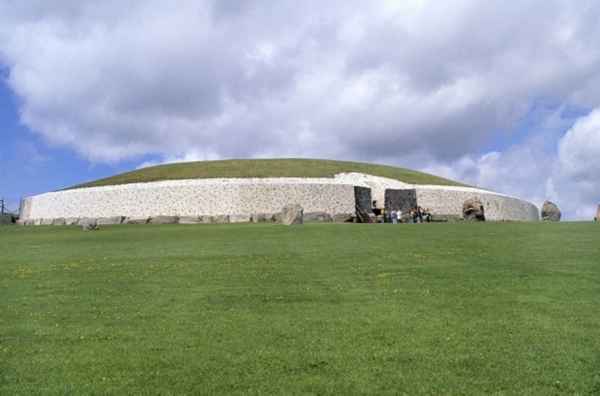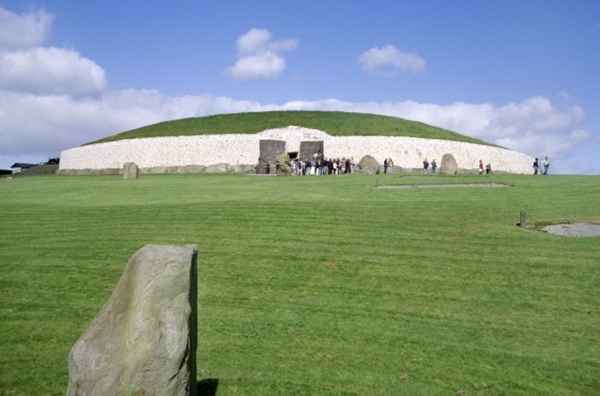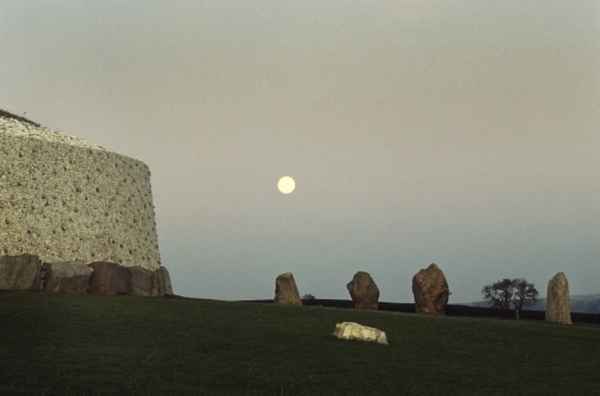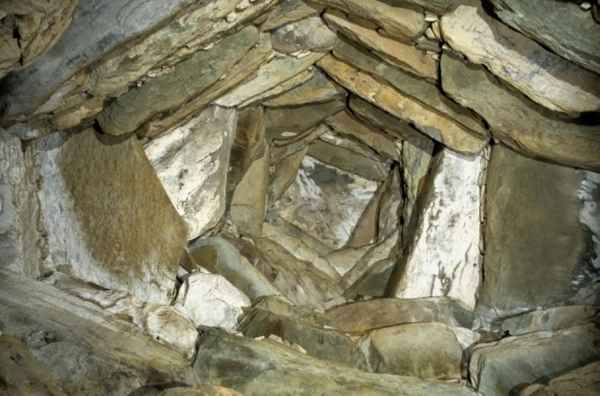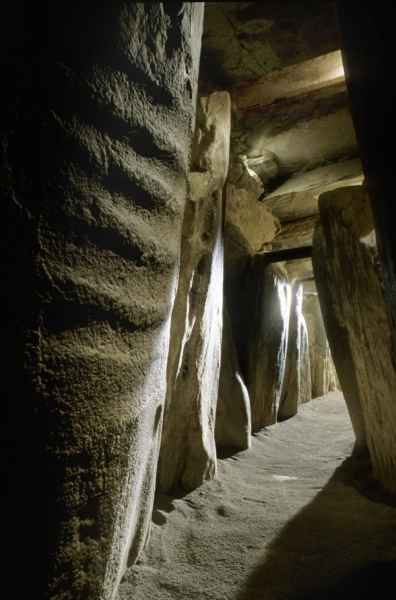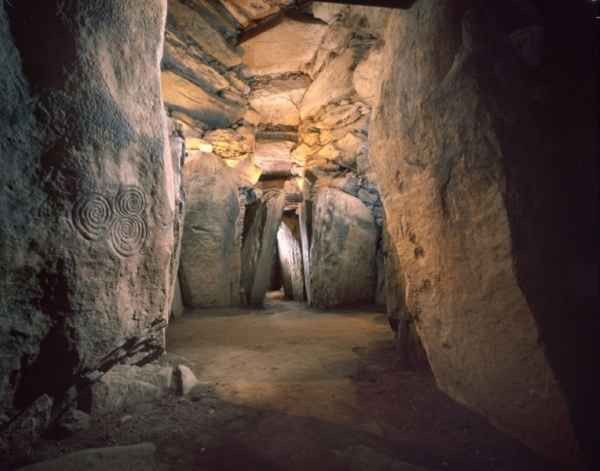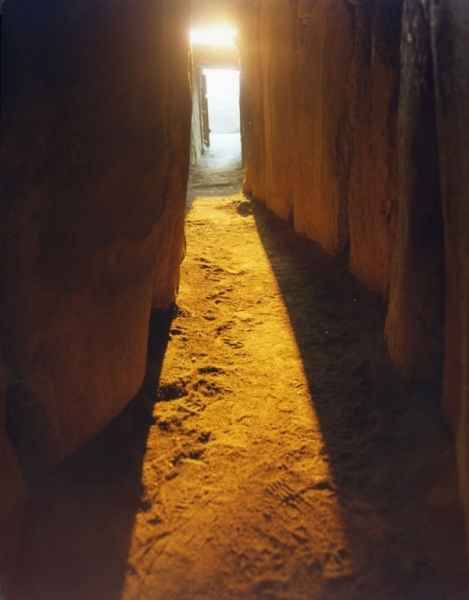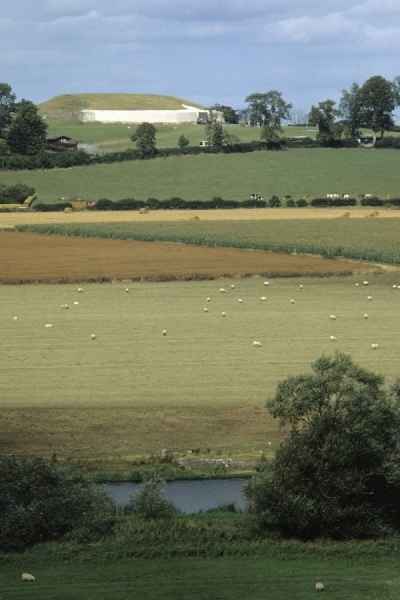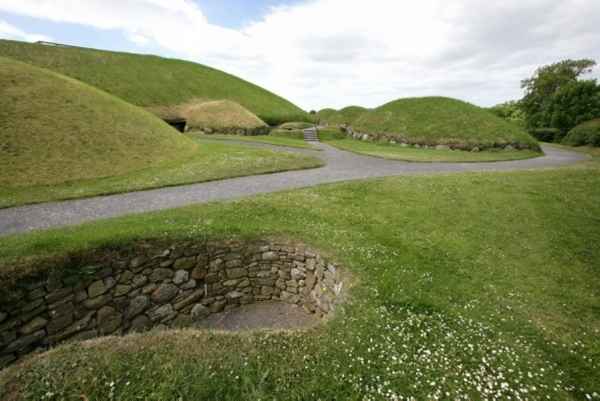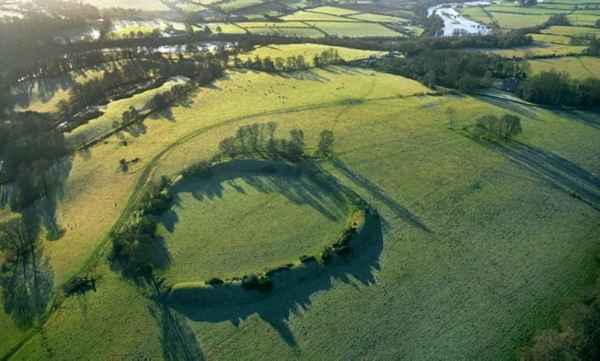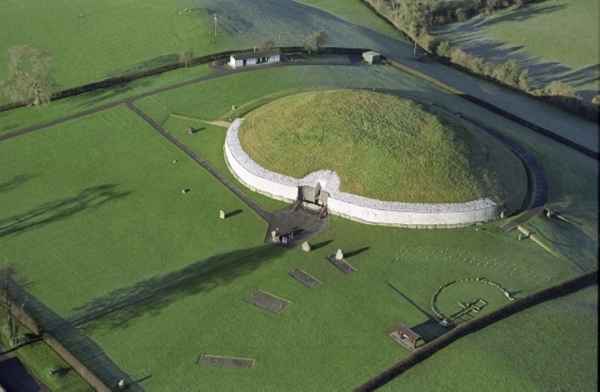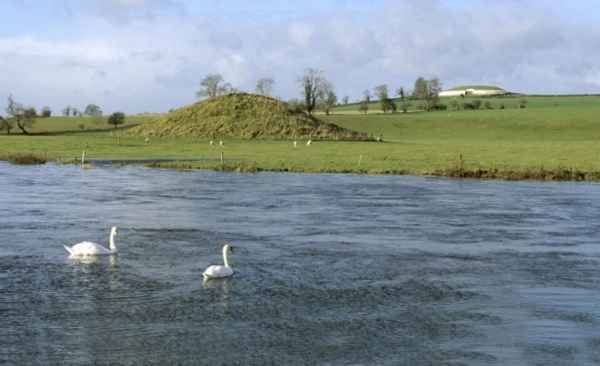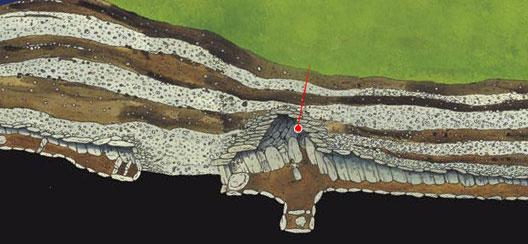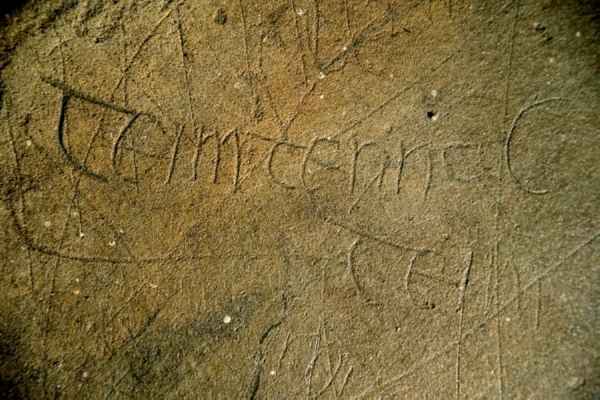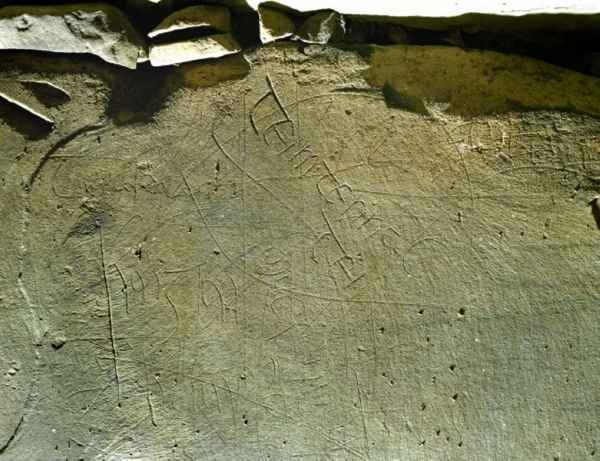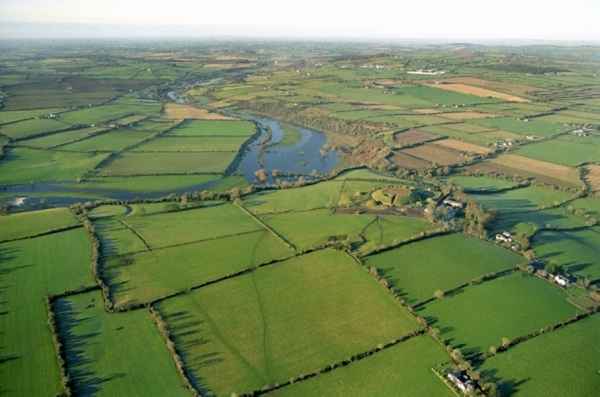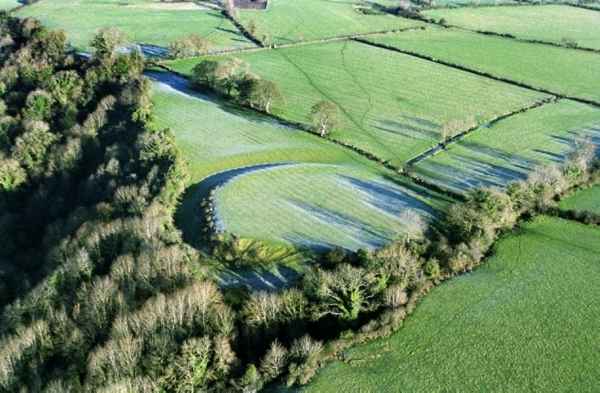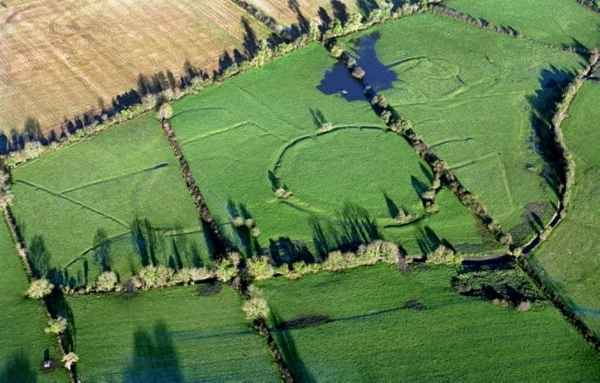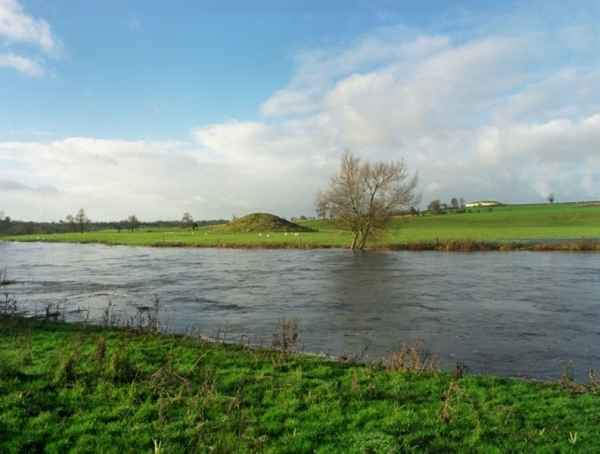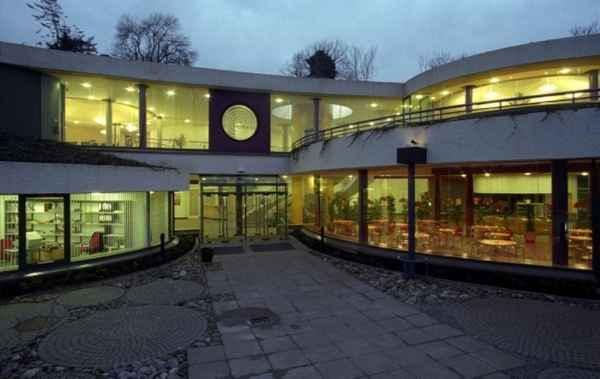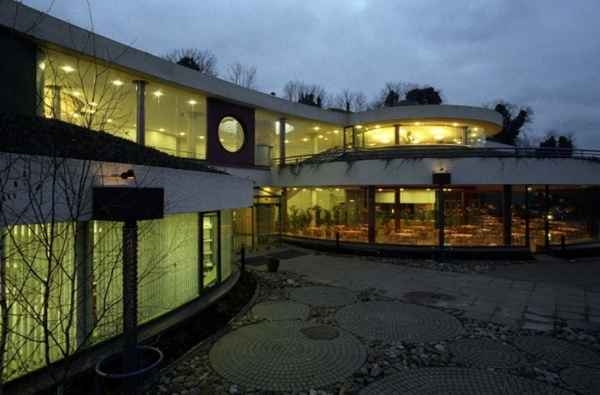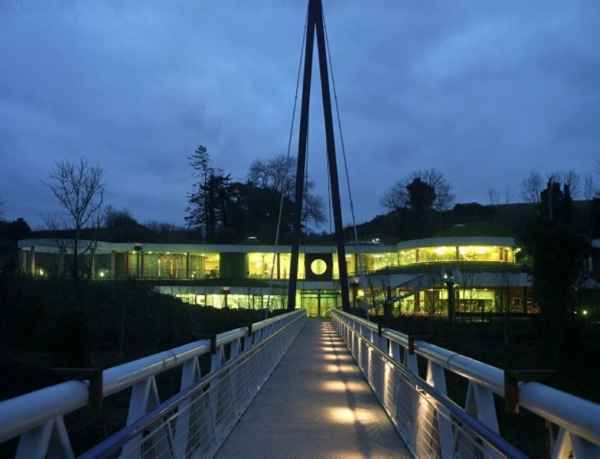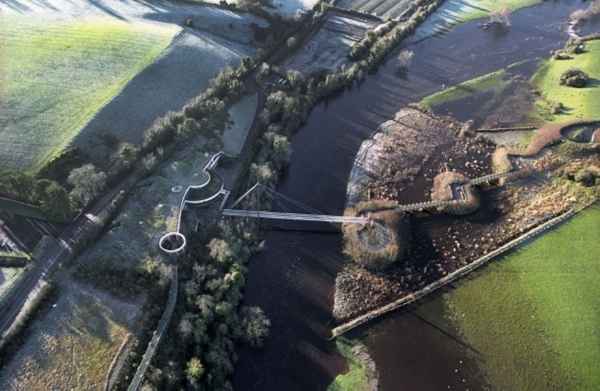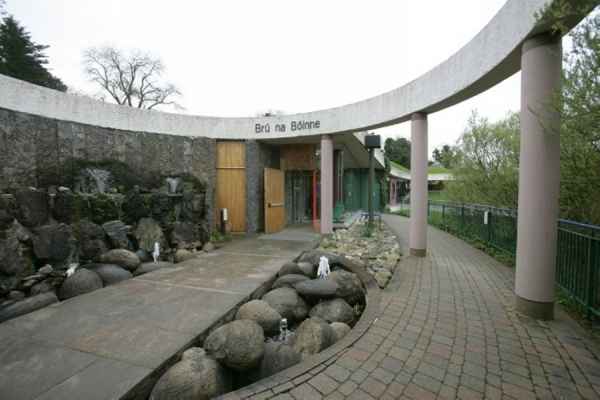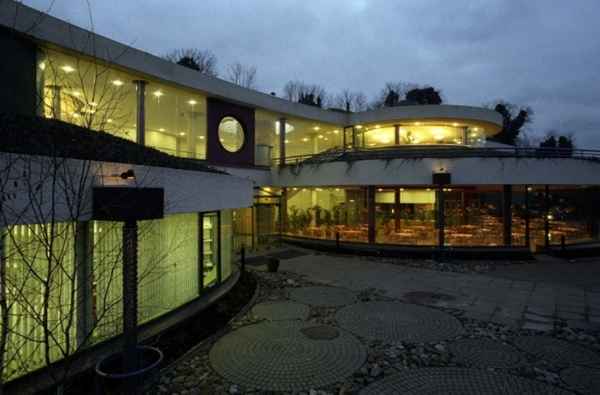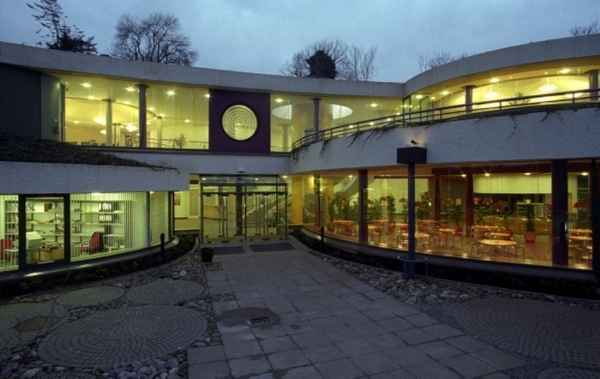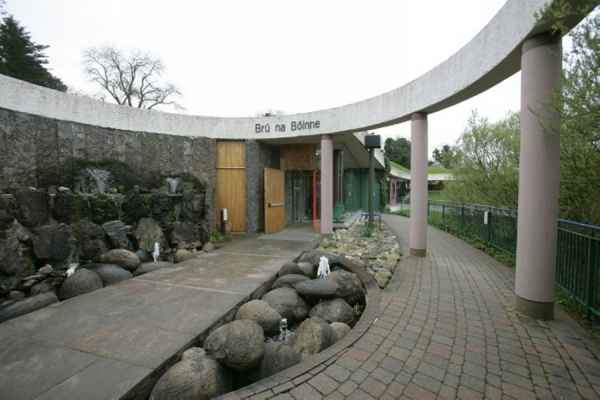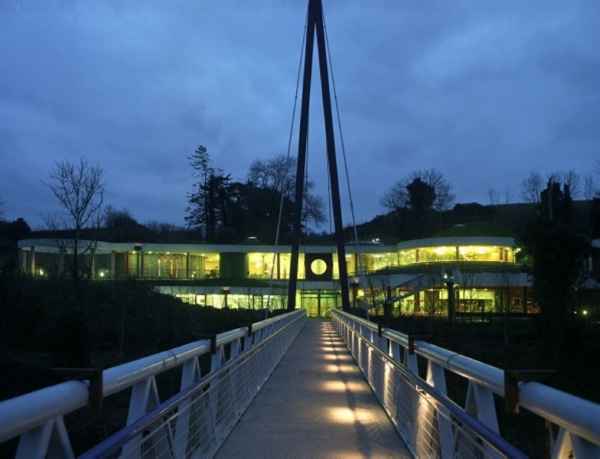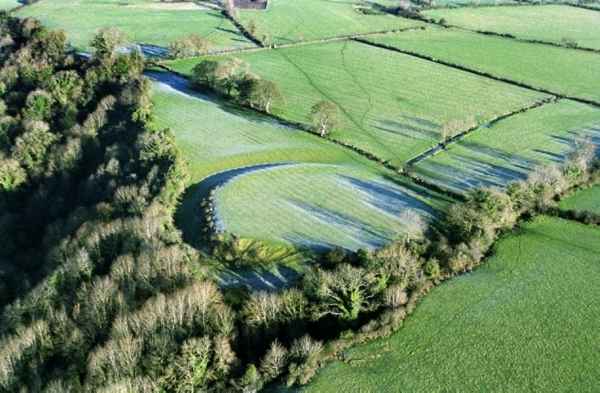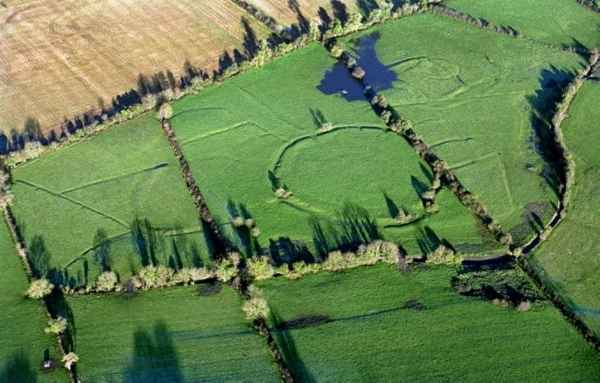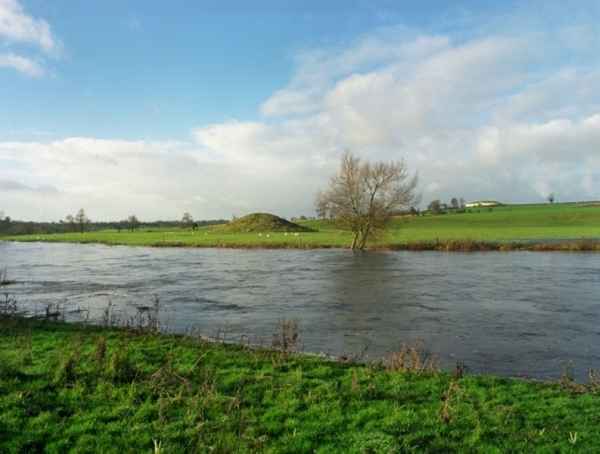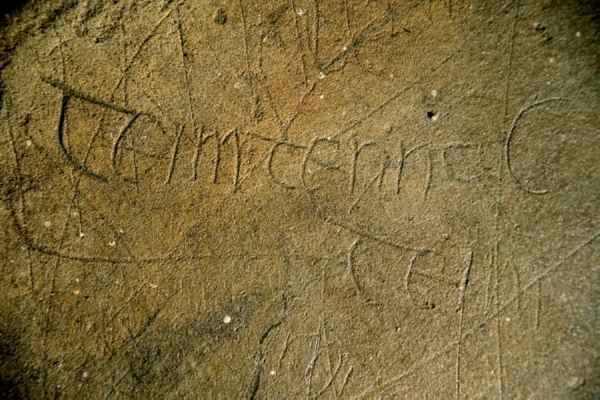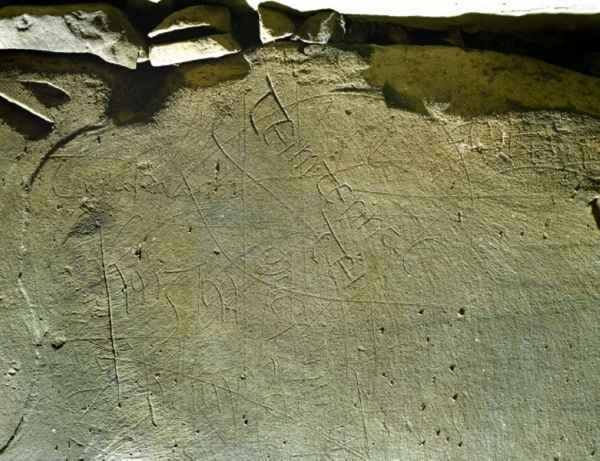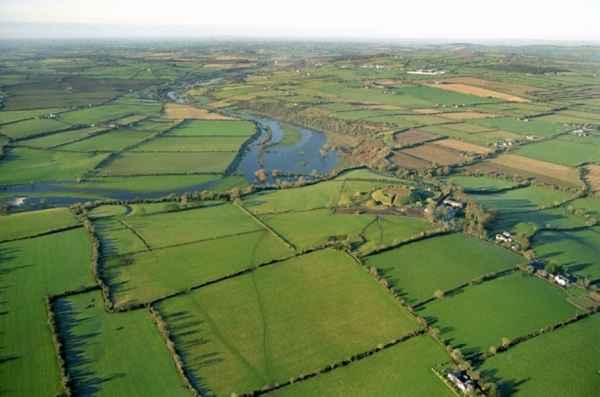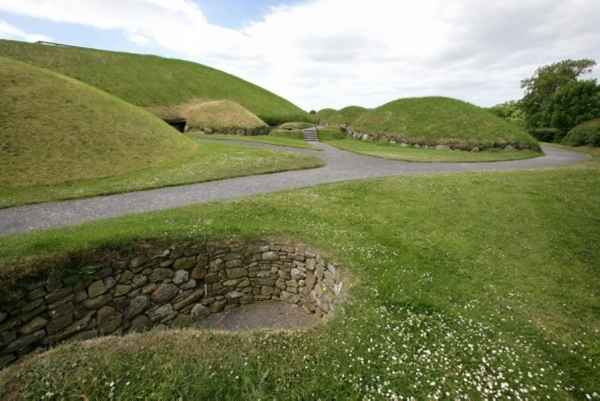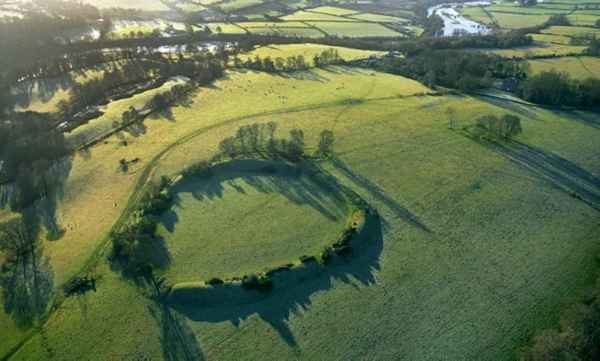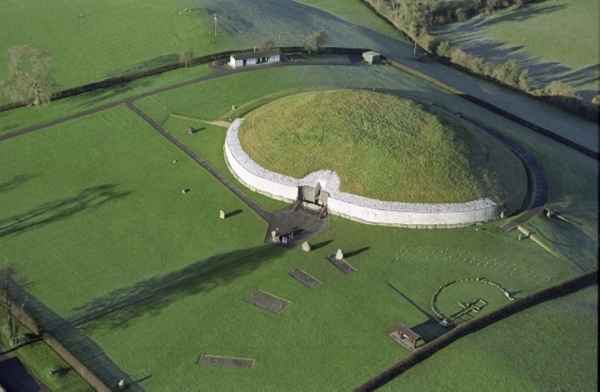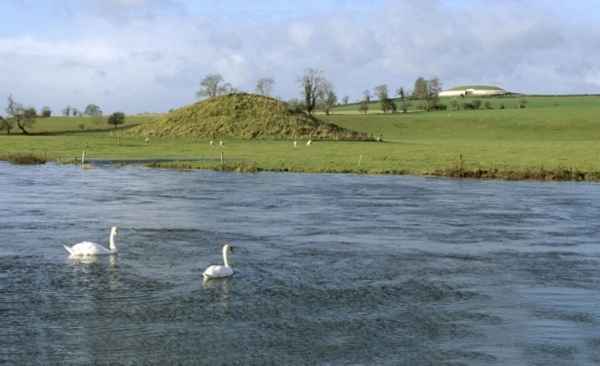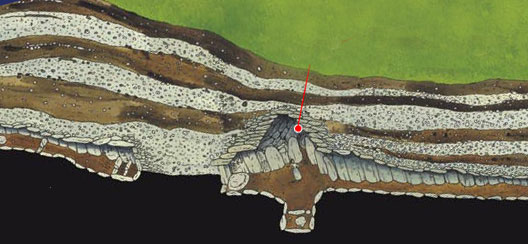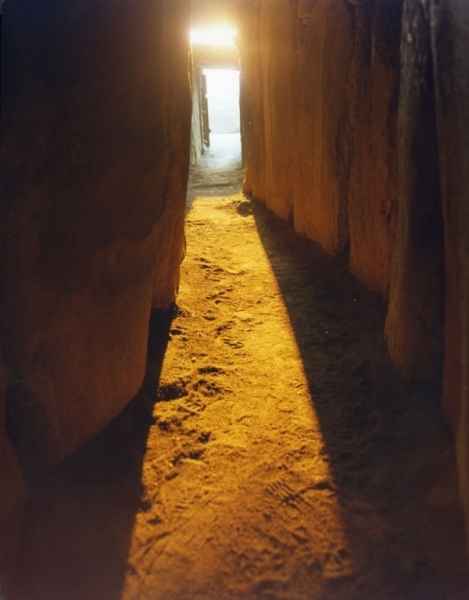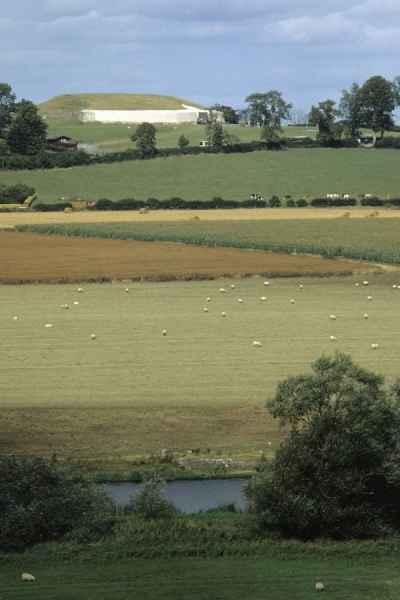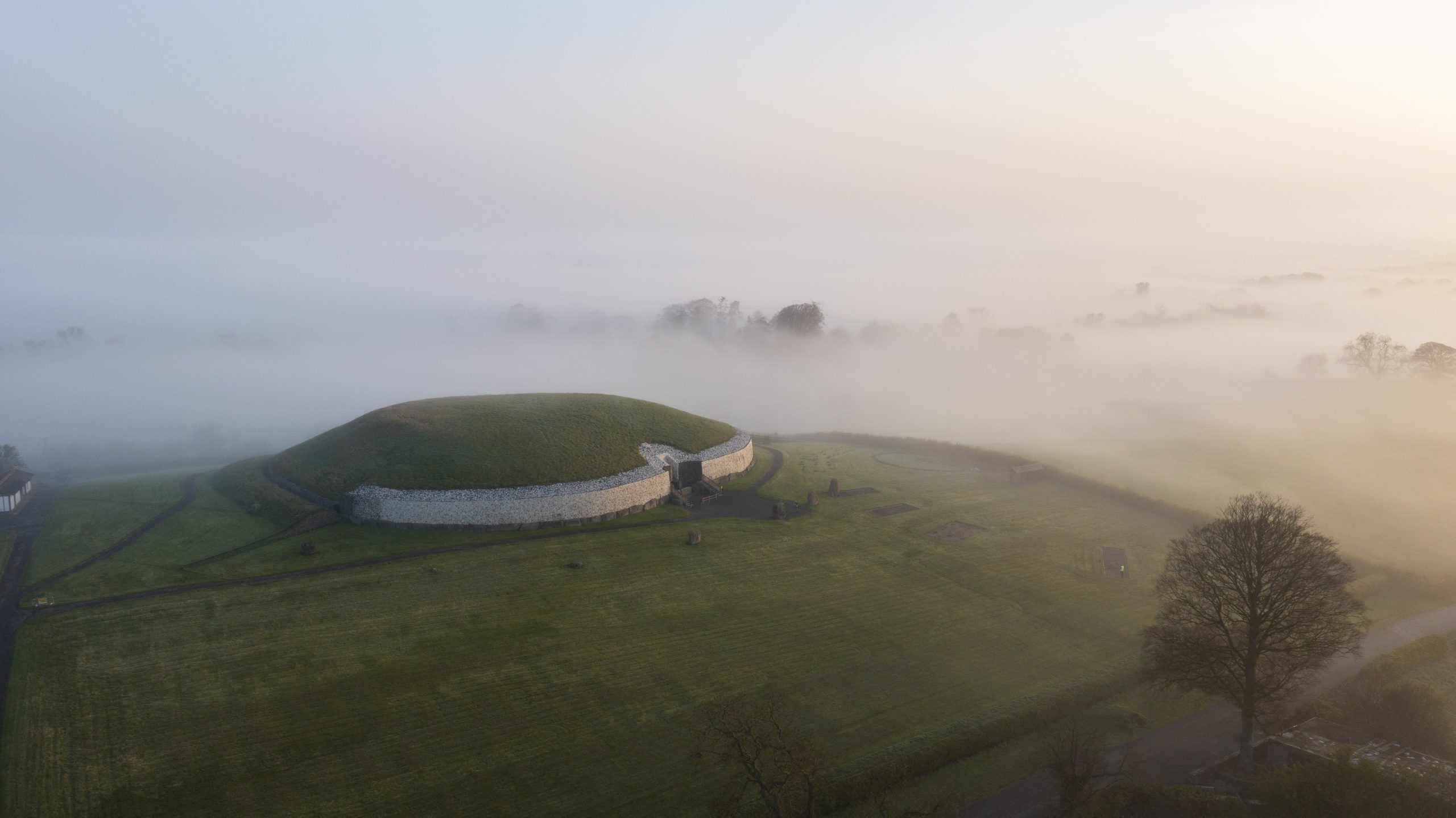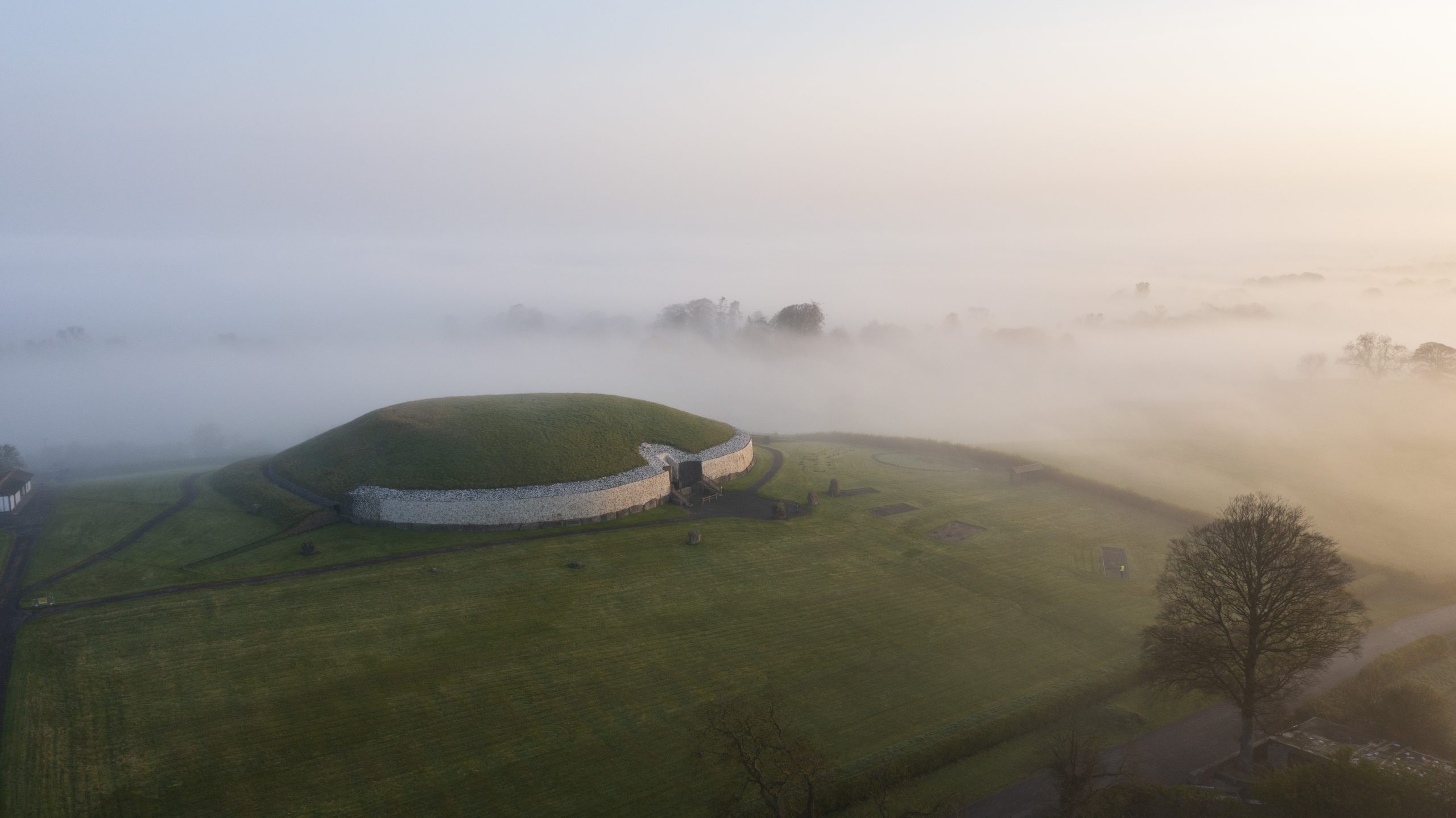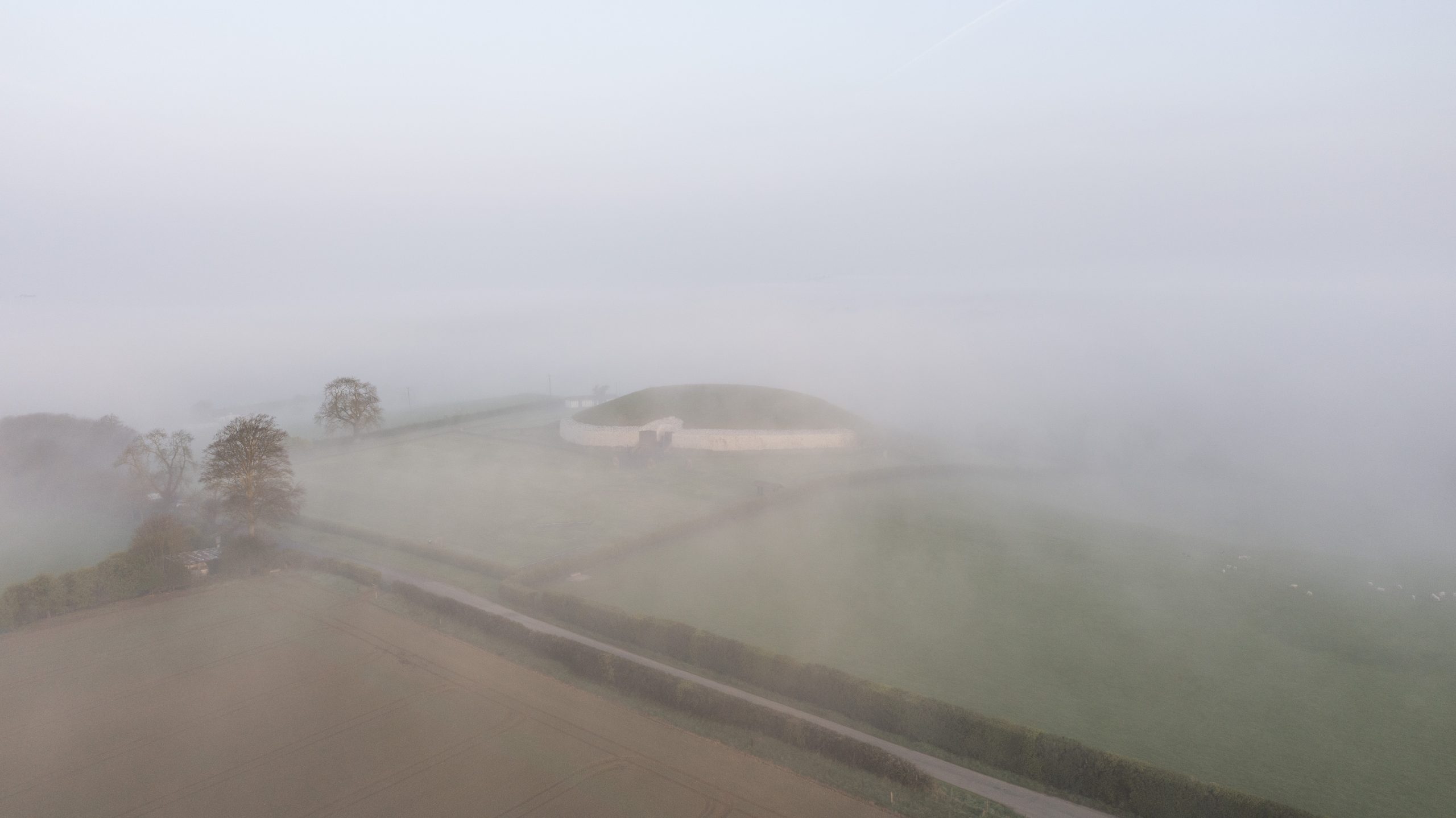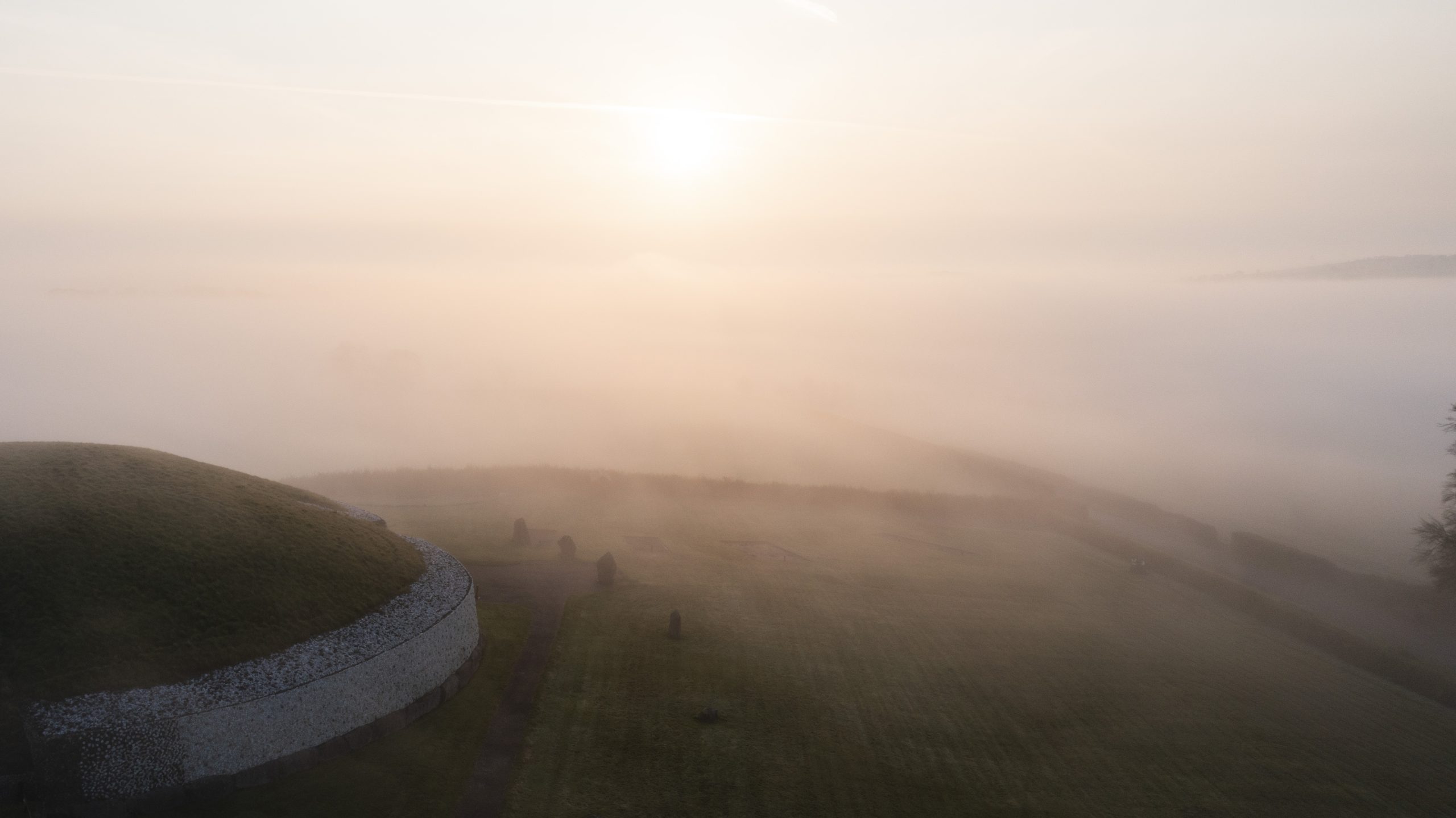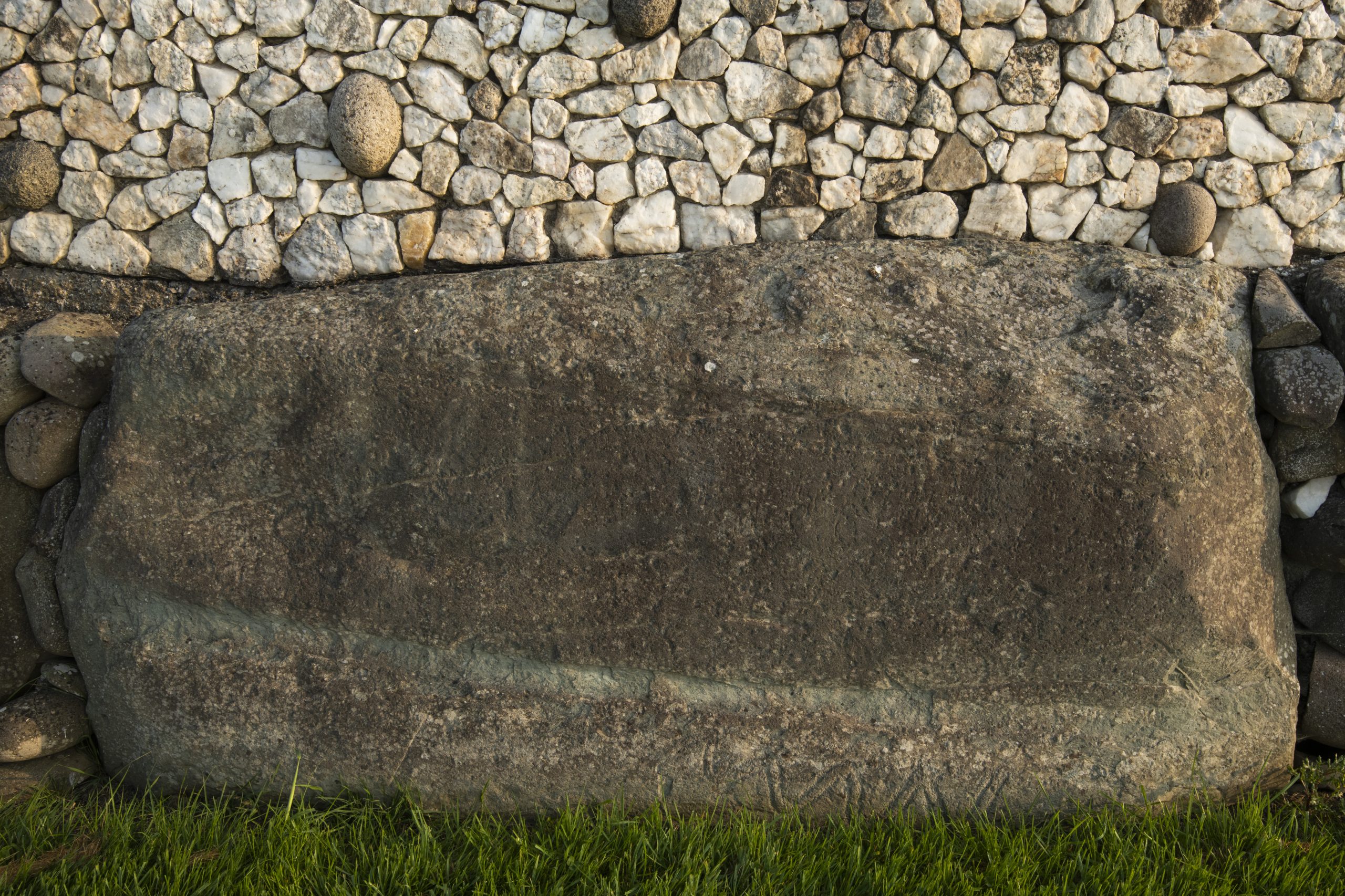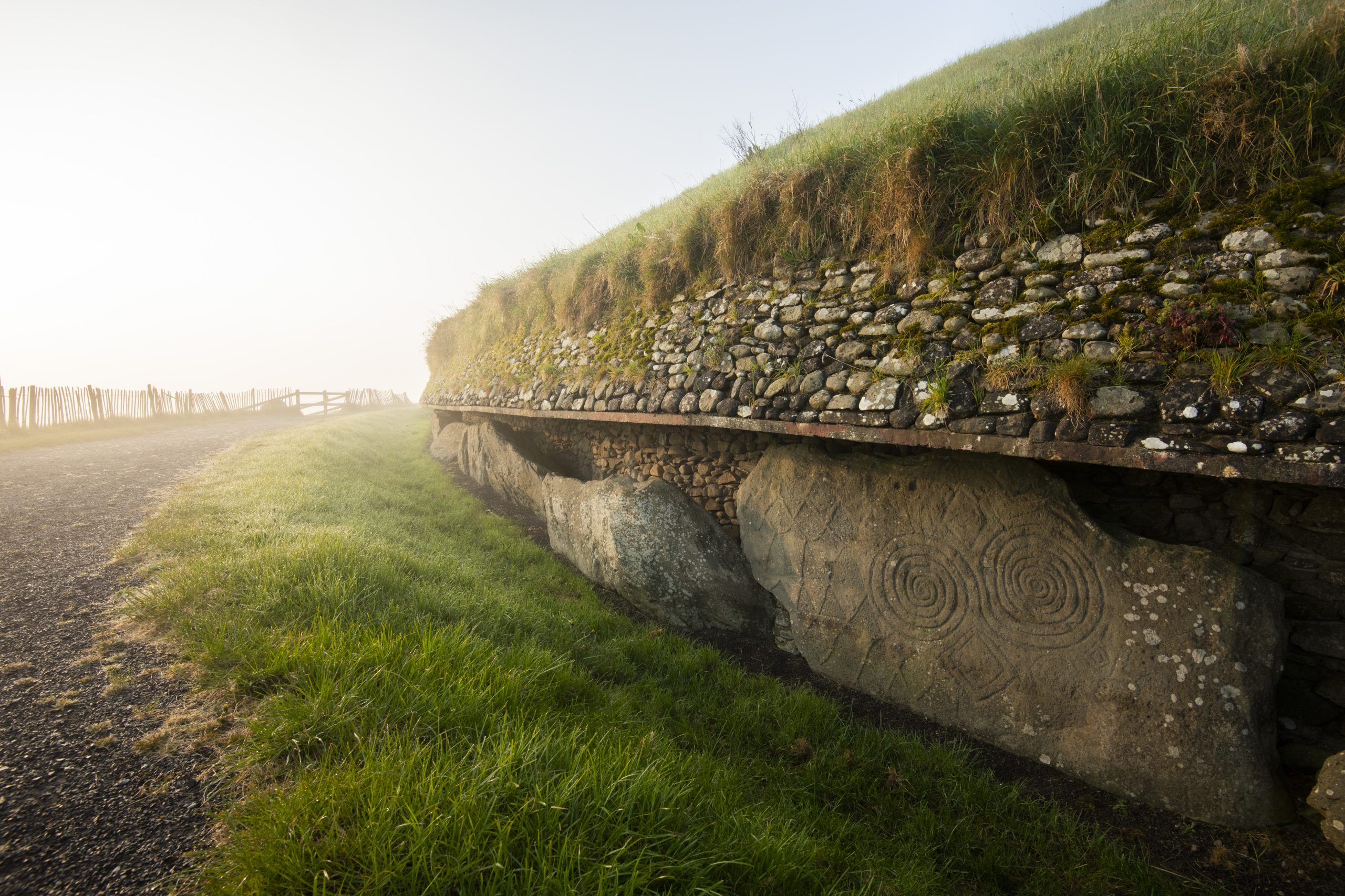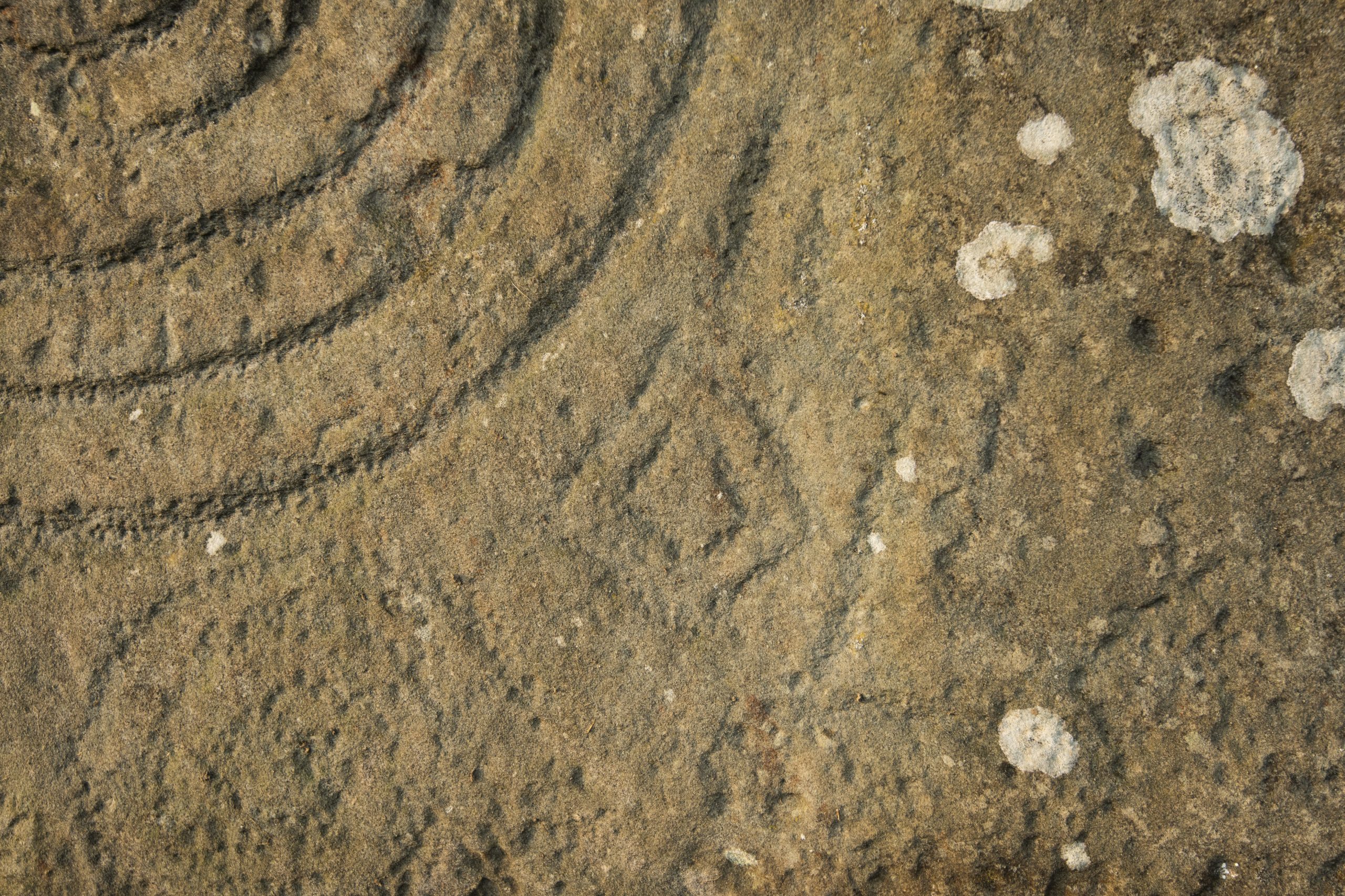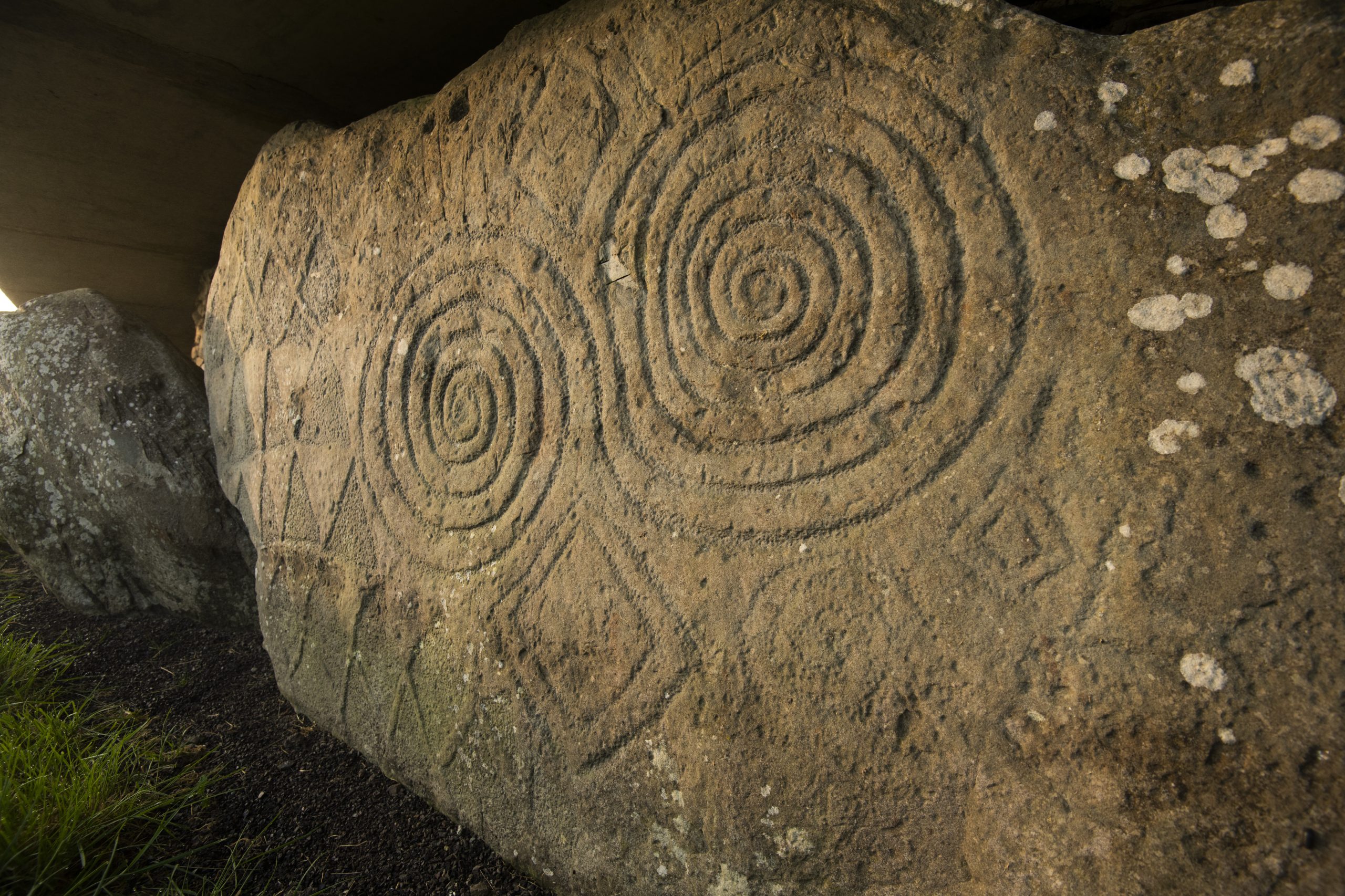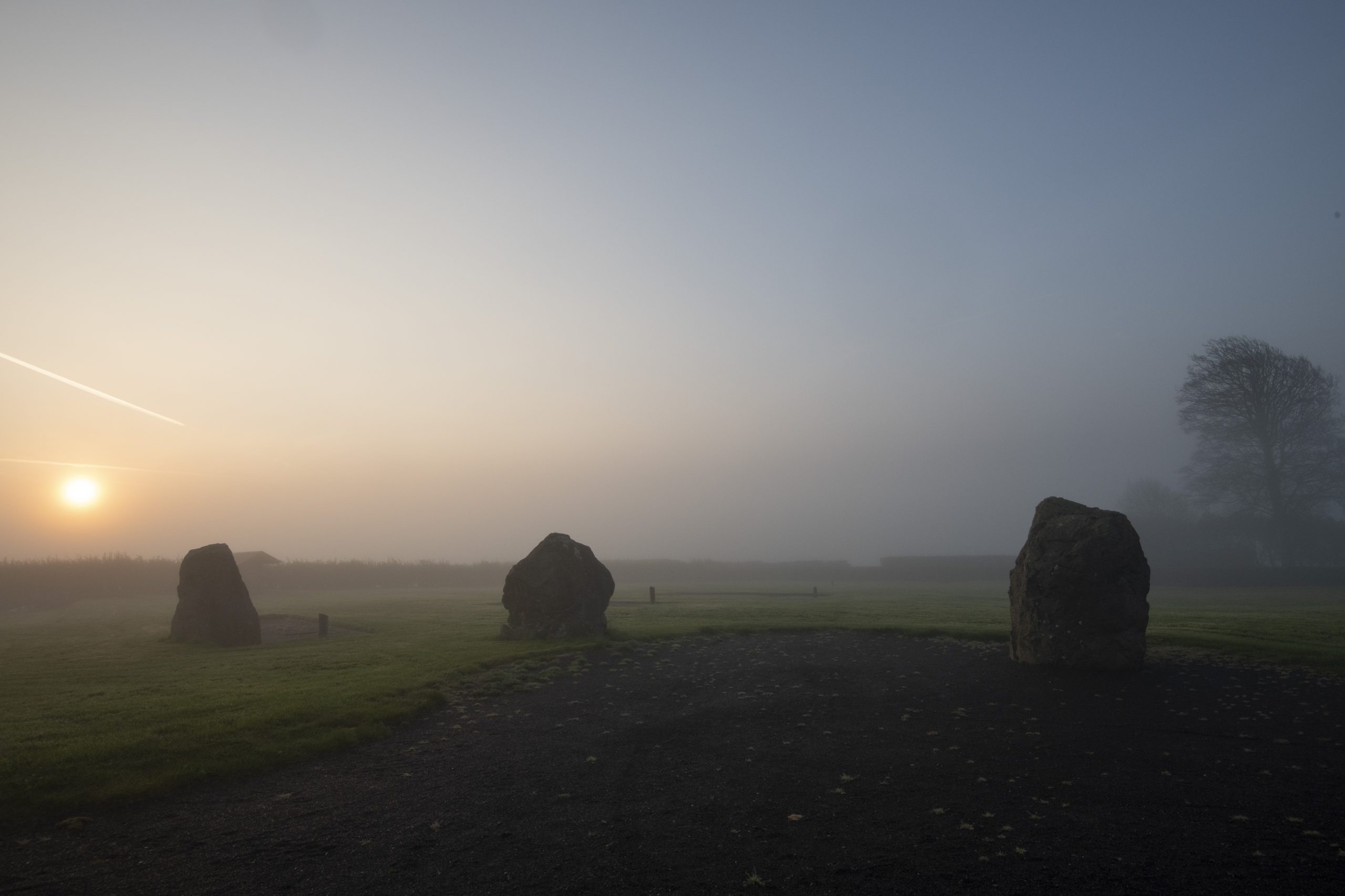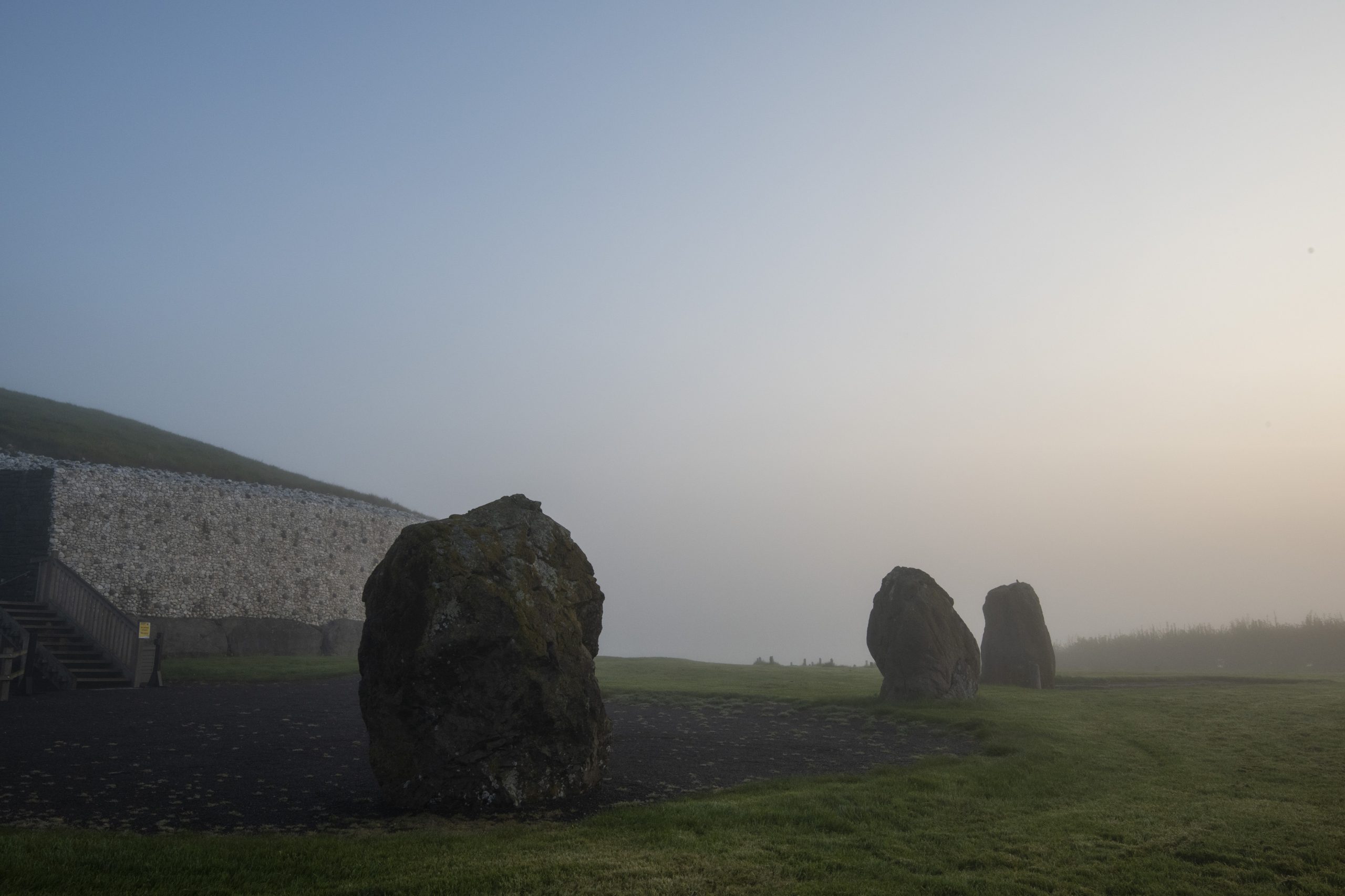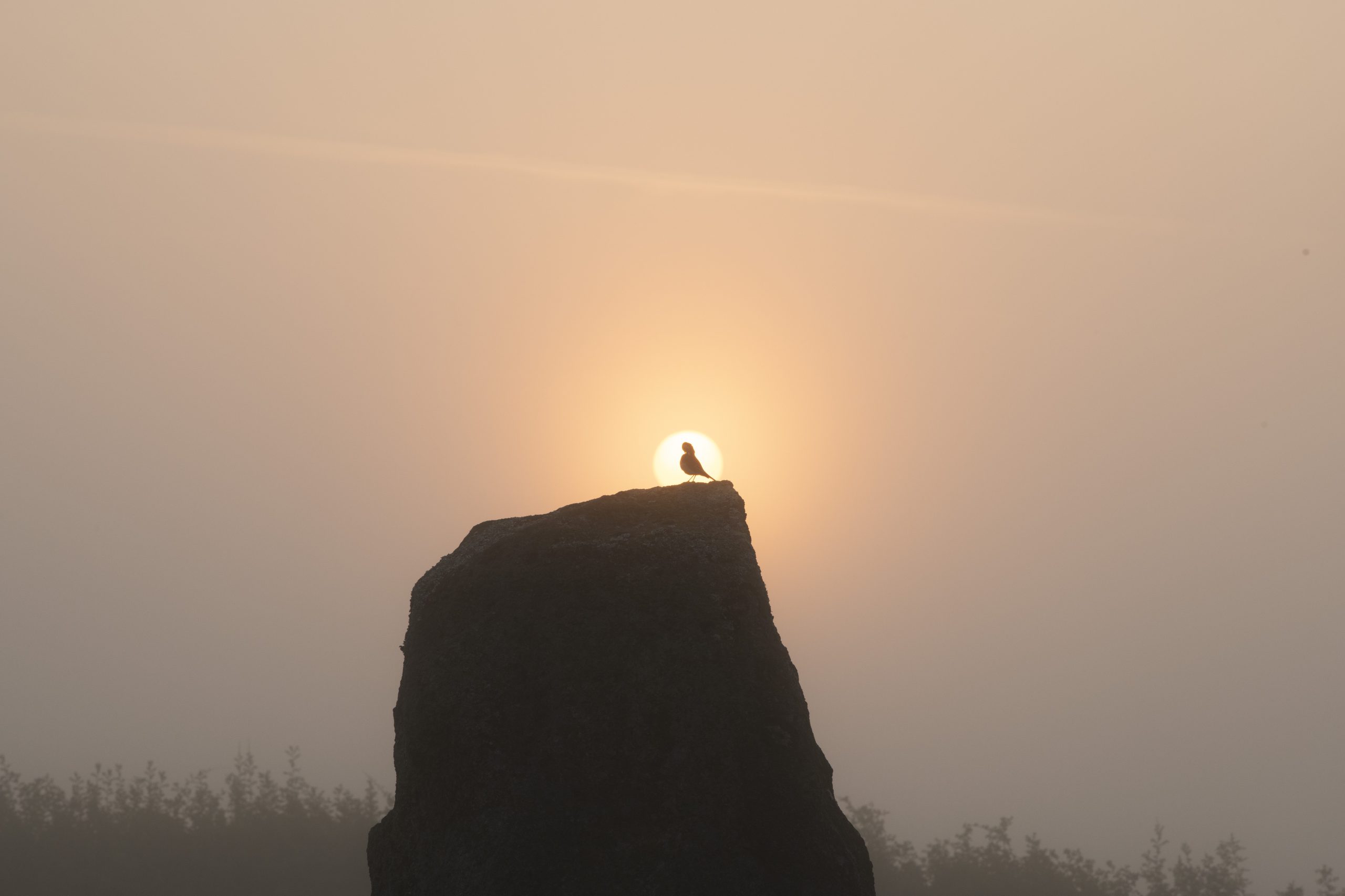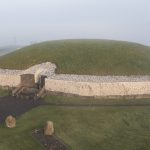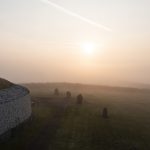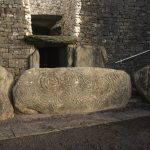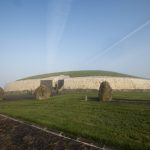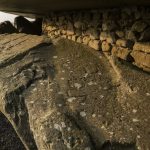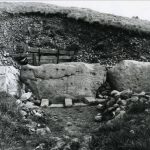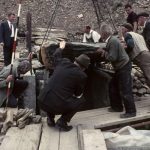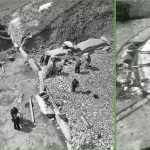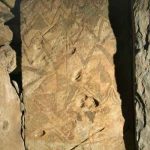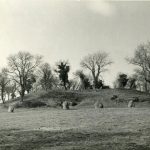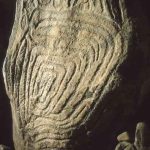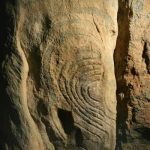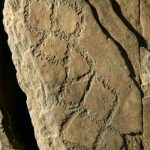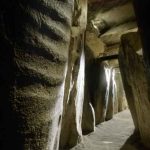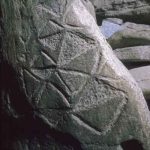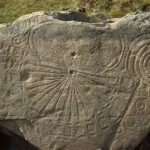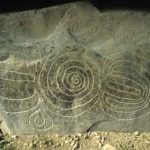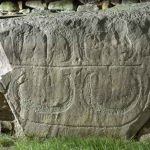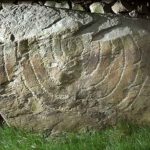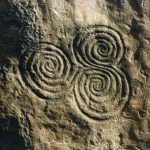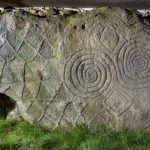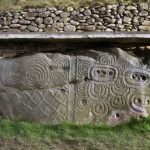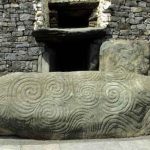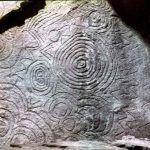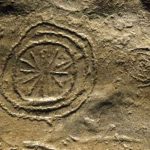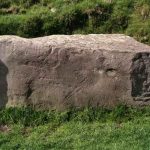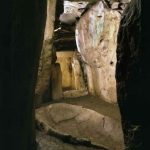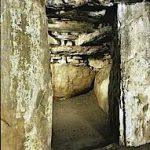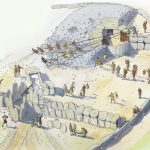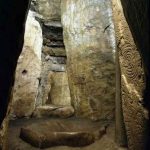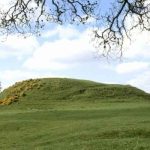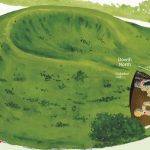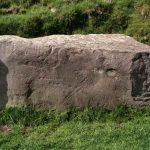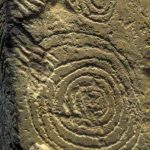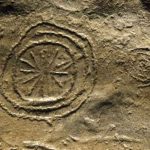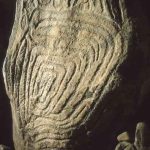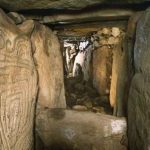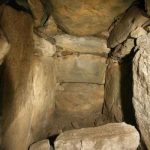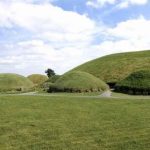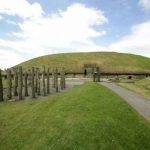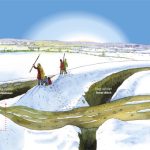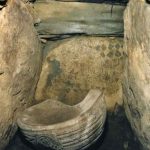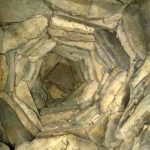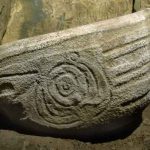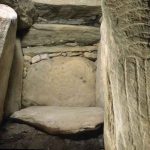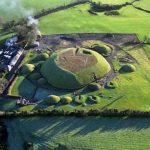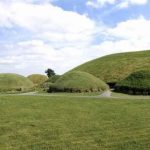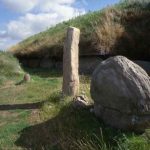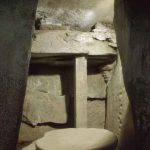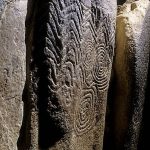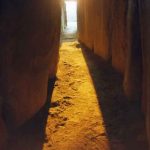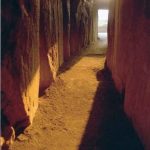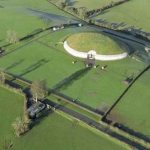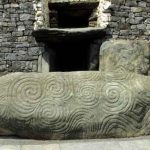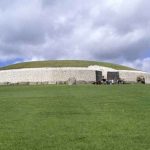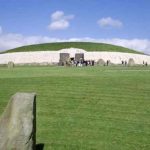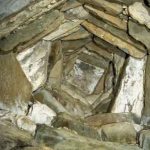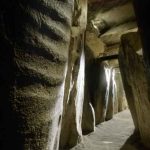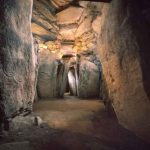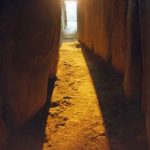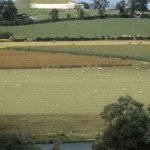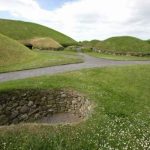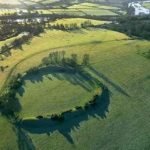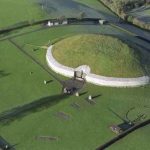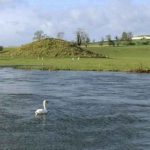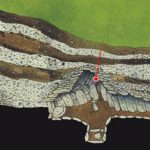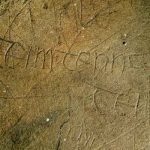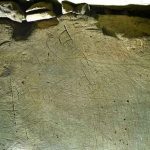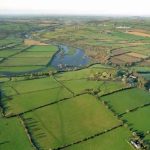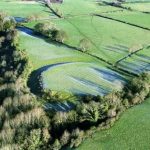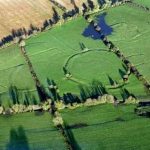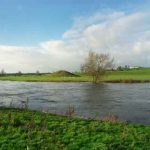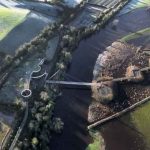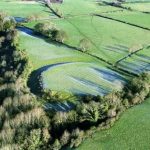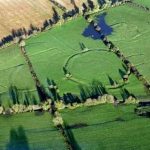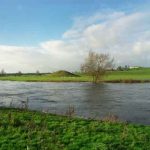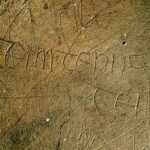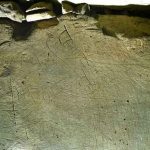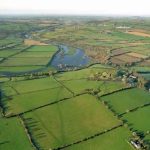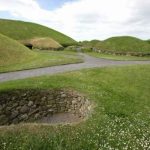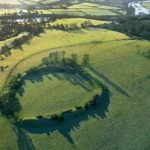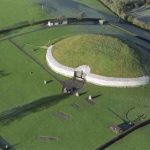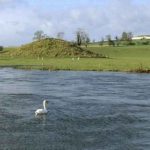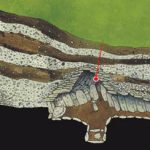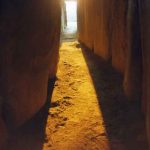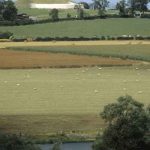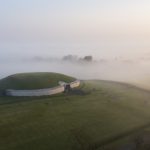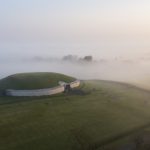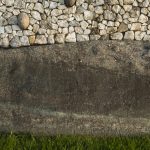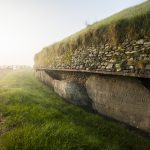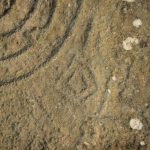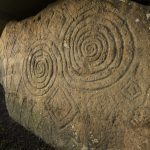About
Brú na Bóinne is a World Heritage property. A World Heritage property is a place or area recognised by the United Nations Educational, Scientific and Cultural Organisation (UNESCO) as being of Outstanding Universal Value (OUV) to all humanity.
Brú na Bóinne was inscribed on the World Heritage List in 1993. It is listed as ‘Brú na Bóinne – the Archaeological Ensemble of the Bend of the Boyne’. The listing reflects the site’s status as the richest archaeological landscape in Ireland. Brú na Bóinne has Europe’s largest and most important concentration of prehistoric megalithic art.
Brú na Bóinne, which means the ‘palace’ or the ‘mansion’ of the Boyne, refers to the area within the bend of the River Boyne which contains one of the world’s most important prehistoric landscapes. The archaeological landscape within Brú na Bóinne is dominated by three well-known large passage tombs, Knowth, Newgrange and Dowth, built some 5,000 years ago in the Neolithic or Late Stone Age. The main mounds are surrounded by a number of satellite monuments giving rise to one of the most globally significant archaeological complexes. The Brú na Bóinne tombs, in particular Knowth, contain the largest assemblage of megalithic art in Western Europe.
The natural heritage of Brú na Bóinne is also of importance and it encompasses several Natural Heritage Areas. The Boyne River Islands are one of the country’s few examples of alluvial wet woodland, which is a priority habitat under the EU Habitat Directive.
For information on the Brú na Bóinne Visitor Centre and experience, please visit Heritage Ireland.
Gallery
Map
- Brú na Bóinne Visitor Centre Newgrange and Knowth, Brú na Bóinne, Glebe, Donore, County Meath, Ireland, Donore, County Meath, A92 EH5C, Ireland.
- Newgrange Donore Co. Meath Ireland, Donore, County Meath, Ireland.
- Knowth Drogheda Co. Meath A92 EH5C Ireland, Drogheda, County Meath, A92 EH5C, Ireland.
- Dowth Passage Tomb, Glebe, County Meath, Ireland, County Meath, Ireland.
Google Arts and Culture
Outstanding Universal Value
Brief synthesis
Bounded on the south by a bend in the River Boyne, the prehistoric site of Brú na Bóinne is dominated by the three great burial mounds of Knowth, Newgrange and Dowth. Surrounded by about forty satellite passage graves, they constitute a funerary landscape recognised as having great ritual significance, subsequently attracting later monuments of the Iron Age, early Christian and medieval periods.
Located about 40 km north of Dublin on a ridge between the rivers Boyne and Mattock, within several kilometres of other prehistoric mounds, the site is part of an area rich in stories of Ireland’s ancient past. Predominantly agricultural at the present time the area has been extensively explored for more than a hundred years by archaeologists and historians, with excavations revealing many features.
The Knowth group, where the earliest features date from the Neolithic period and the latest from the Anglo-Norman period, has produced thirty monuments and sites that figure on the official inventory; these include passage graves adorned with petroglyphs, enclosures, occupation sites and field systems. The Newgrange group is purely prehistoric, with a ringfort, cursus, passage graves and a henge. The Dowth group is similar to that at Newgrange but there is medieval evidence in the form of a church and a castle.
Criterion (i): The Brú na Bóinne monuments represent the largest and most important expression of prehistoric megalithic plastic art in Europe.
Criterion (iii): The concentration of social, economic and funerary monuments at this important ritual centre and the long continuity from prehistory to the late medieval period make this one of the most significant archaeological sites in Europe.
Criterion (iv): The passage grave, here brought to its finest expression, was a feature of outstanding importance in prehistoric Europe and beyond.
Integrity
The 780 ha area of the World Heritage property Brú na Bóinne encapsulates the attributes for which the property was inscribed on the World Heritage List. In addition to the large passage tombs of Knowth, Newgrange and Dowth, 90 recorded monuments – as well as an unknown quantity of as yet unrecorded sites – remain scattered across the ridge above the Boyne and over the low-lying areas and floodplain closer to (the present course of) the rivers.
The buffer zone is comprised of 2,500 hectares, the boundary lines respecting carefully mapped views into and out of the property. Since inscription in 1993, views out of the property have been impacted by the M1 bridge crossing the River Boyne to the east of the property; the addition of a third chimney and other structures to the cement factory on the skyline to the east south-east near Duleek; the addition of an incinerator stack to the skyline at Carranstown and a housing development. The ambiance of the ritual centre is vulnerable to such disturbances which could potentially threaten the integrity of the property. The local authority (Meath County Council) has in place planning policies and procedures to deal with applications for developments which may either incrementally or individually have potential impact on the integrity of the World Heritage property.
Authenticity
The archaeological remains on the site, both above and below ground are wholly authentic.
Major excavations have been carried out at Newgrange and Knowth and have been fully published. Many small excavations and surveys have been carried out in the area. The main conservation works have concentrated on the two main passage tombs at Newgrange and Knowth subsequent to the excavations undertaken at these sites. All conservation and restoration work has been carried out by skilled professional staff.
At Newgrange, there has been comprehensive anastylosis of the kerbstones and the revetment wall, though the latter has been curtailed to allow access by visitors. The passage roof was completely dismantled to allow the orthostats to be returned to the vertical, with the introduction of reinforcement, and a cowl has been constructed over the chamber area. The cairn itself has been stabilised by means of thin revetments of cairn stones.
At Knowth, structures from all periods are being conserved. In some passage tombs outer support walls have been built for the burial chambers, involving the use of modern materials such as cement and plastic. Where such new additions are visible they are clearly distinguished in appearance from original materials, but in other cases they are completely concealed.
The restoration work on these monuments, the result of close collaboration between archaeologists and conservation architects, conforms with the principles enunciated in Article 7 of the International Charter for Archaeological Heritage Management of 1990.
Protection and management requirements
The protection and conservation of Brú na Bóinne is provided by a range of national legislation, international guidelines, statutory and non-statutory guidance. These provisions include the National Monuments Acts of 1930-2004, the Wildlife Acts of 1976 and 2000, the Planning and Development Acts, various EU Directives and international charters. The national monuments legislative code makes provision for the protection and preservation of national monuments and for the preservation of archaeological objects in the State. The Planning and Development Acts provide a framework to protect against undesirable development.
Most of the 780 hectare site is in private ownership. At the time of inscription only 32 hectares, largely around Knowth and Newgrange, were in State ownership (in 2011, 42.75 hectares are in State ownership). The State-owned part of the property has been under the direct management of the Office of Public Works. This State Office uses its professional staff of conservation architects, engineers, land managers and craftsmen in the day to day management activities. Archaeological input to the conservation and presentation of the property is provided by the National Monuments Service of the Department of Arts, Heritage and the Gaeltacht. The State Exchequer provides the funding needed for maintenance, management and conservation.
The local authority development plan (Meath County Development Plan) for the area in which Brú na Bóinne is situated seeks to protect the archaeological and cultural landscape and to enhance views within and adjacent to the World Heritage property. The protection of views within and out of the property is a major factor contributing to retention of the property’s integrity.
The Brú na Bóinne Visitor Centre opened to the public in June 1997. Its primary purpose is to manage the flow of visitors to the megalithic tombs of Newgrange and Knowth. Education, public awareness and an emphasis on local engagement are also central to the role of the Centre. The number of visitors to these monuments each day is limited to the maximum that can be accommodated with due regard to the protection of the monuments. Access to the monuments is by guided tour only.
Links
 Heritage Ireland - Brú na Bóinne
Heritage Ireland - Brú na Bóinne
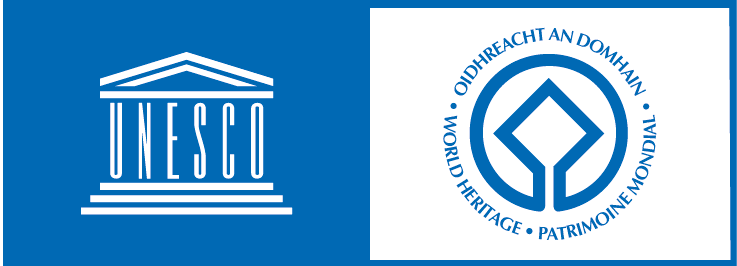 World Heritage List - Brú na Bóinne
World Heritage List - Brú na Bóinne
 Discover Ireland - Brú na Bóinne
Discover Ireland - Brú na Bóinne
 Discover Boyne Valley
Discover Boyne Valley
